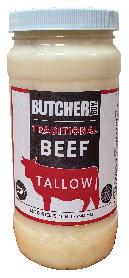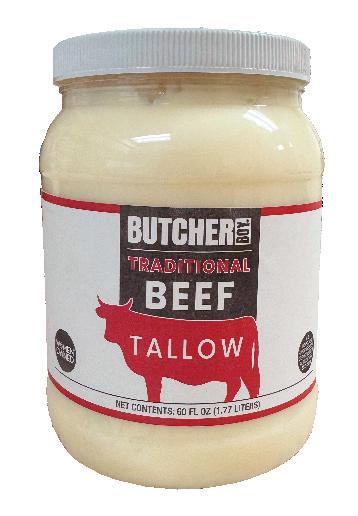HOW TO ELEVATE COMFORT FOOD
HOW TO EMPOWER YOUR PEOPLE
HOW TO TAP INTO TRAVEL
HOW TO SCALE AN EMERGING BUSINESS

HOW TO ELEVATE COMFORT FOOD
HOW TO EMPOWER YOUR PEOPLE
HOW TO TAP INTO TRAVEL
HOW TO SCALE AN EMERGING BUSINESS
PLUS
HOW TO CREATE LONGEVITY AT YOUR BRAND, ACCORDING TO ‘CHOPPED’ CHAMPION KEVIN TEMPLETON



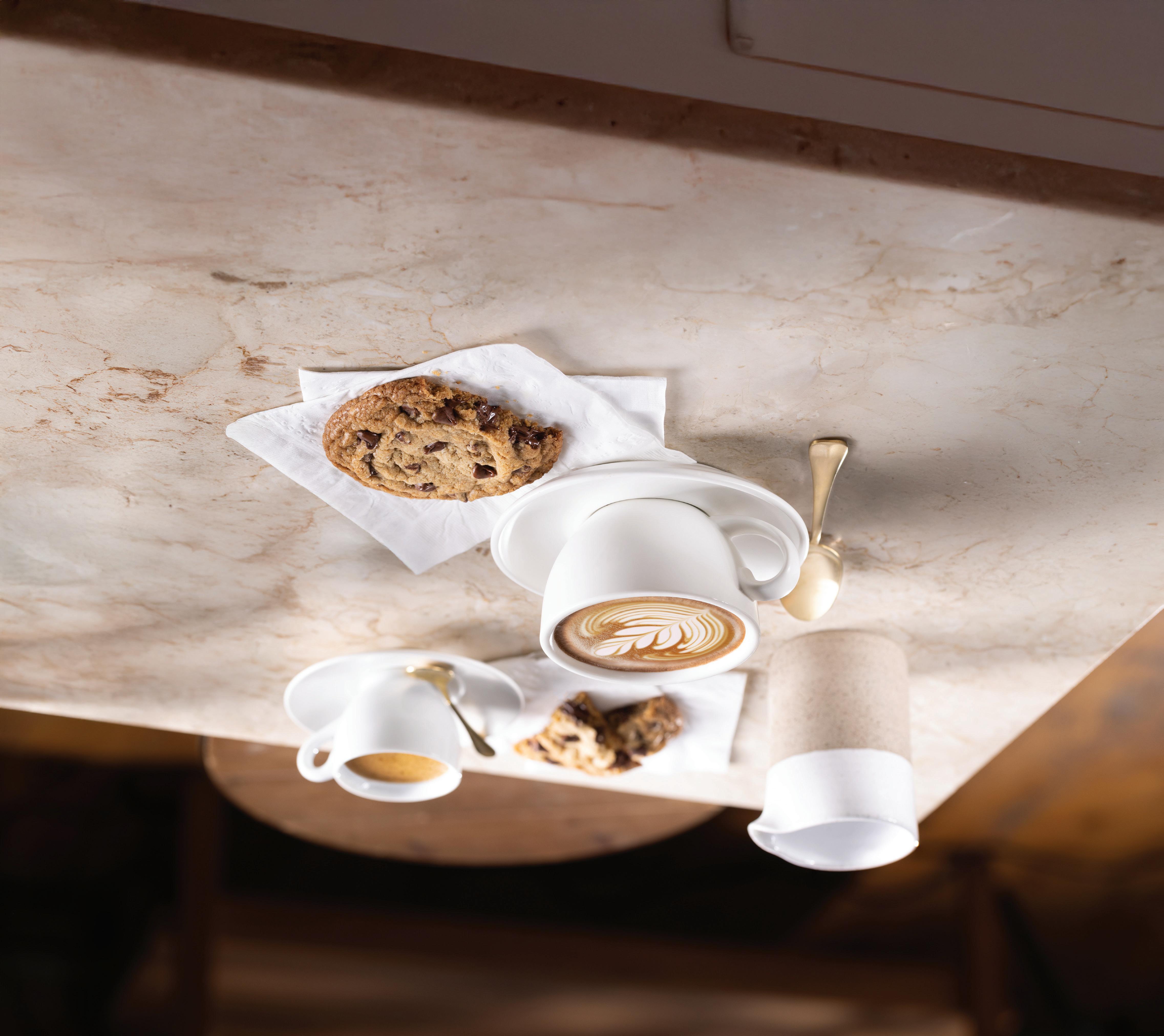


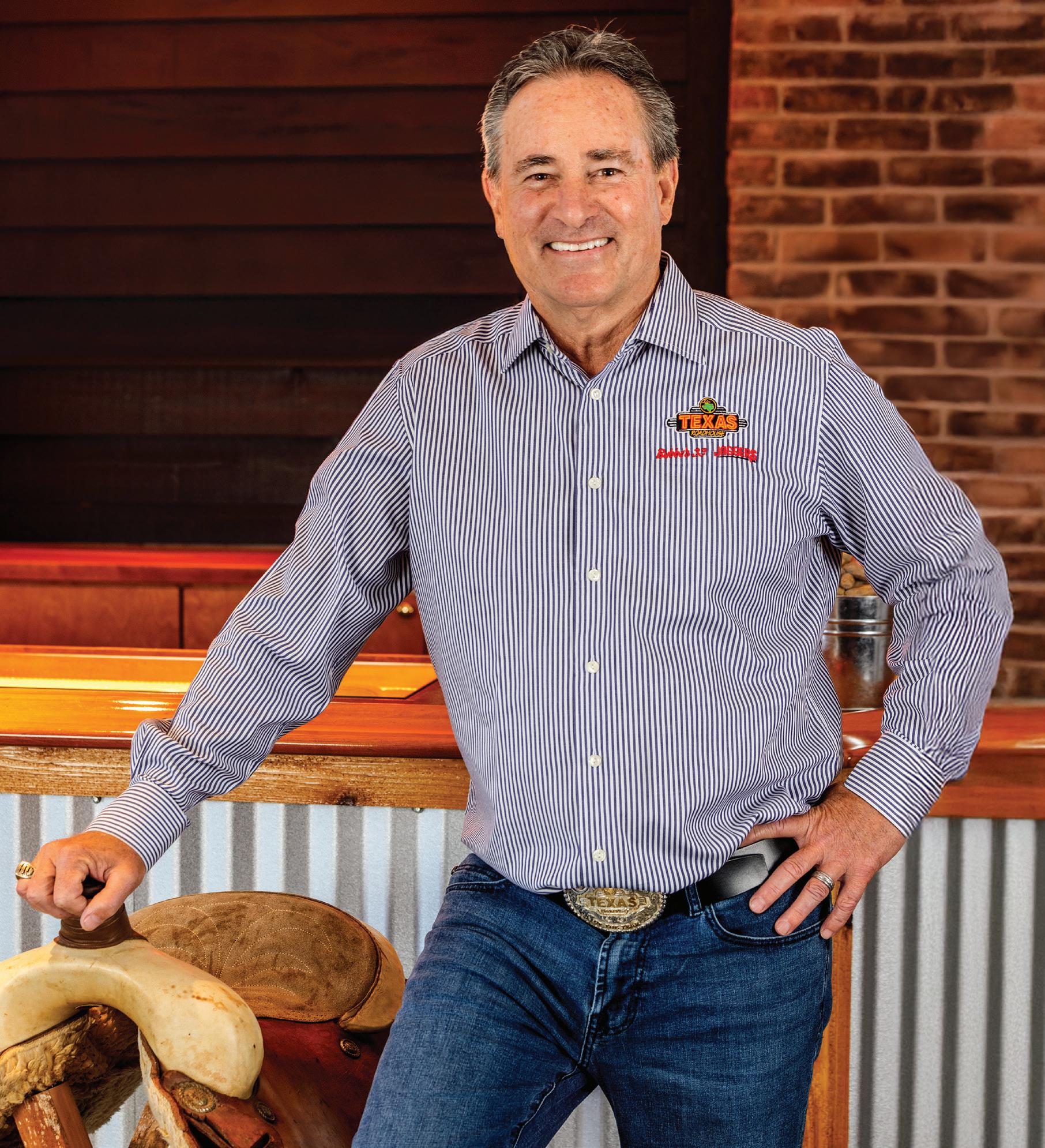

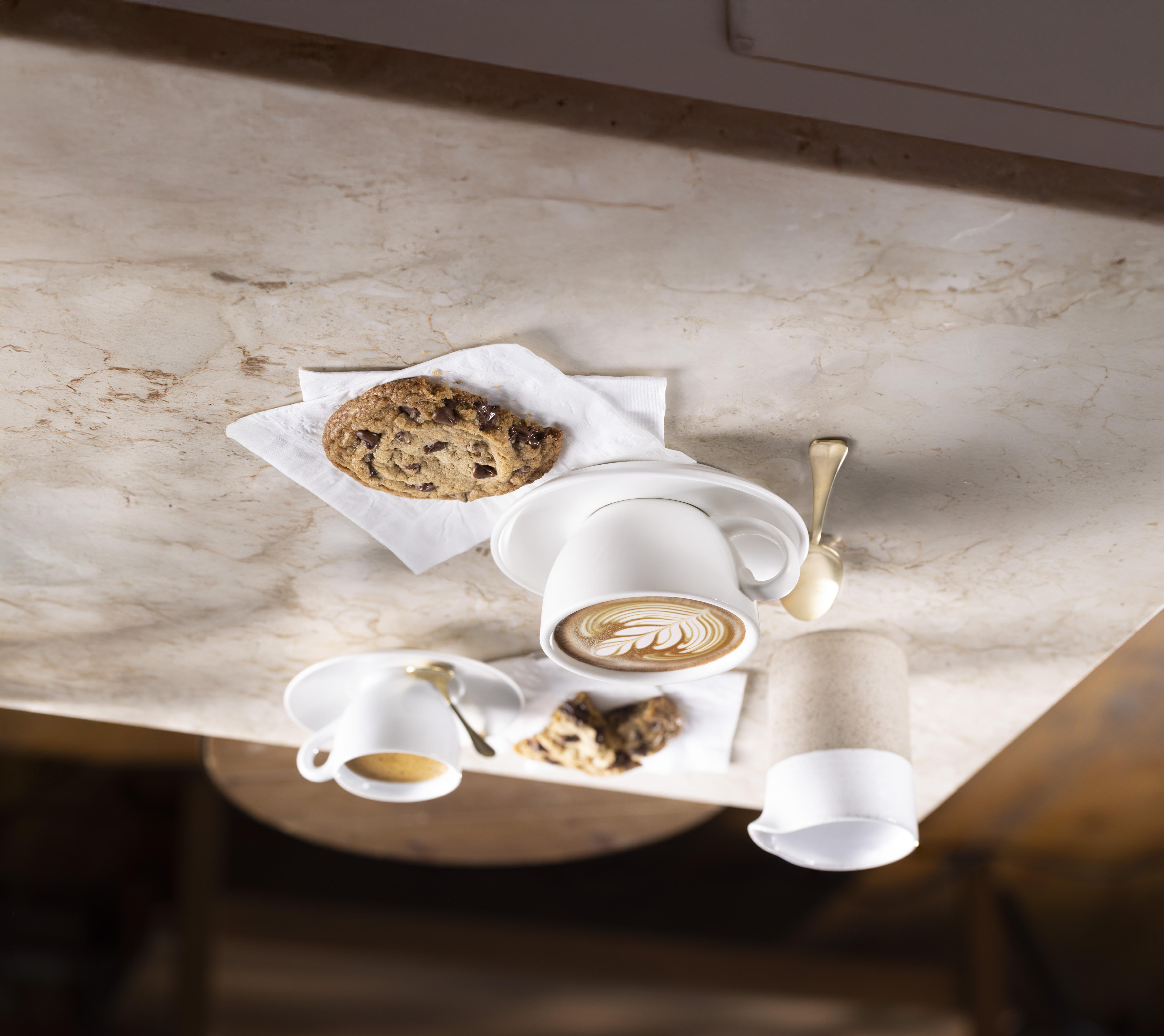
Texas Roadhouse CEO Jerry Morgan has led with heart, hard work, and a “coaching mentality” at the iconic brand that has grown to about 800 stores and generated more than $5.4 billion in revenue in 2024.
11 How to Build a Brand— And Career—That
San Diego Chef Kevin Templeton reflects on lessons in longevity from his journey since being named an FSR Rising Star in 2018, being crowned “Chopped” Champion in 2019, and being a responsible steward of Barleymash, now 13 years strong.
From slow braises to caviar-topped cornbread, chefs at Kyma, Little Betty Steak Bar, and more reveal how they balance heart and haute cuisine.
19 How to Tap
Learn the creative ways restaurant and bar operators are delivering curated, premium experiences for airport guests—like Avolta’s prohibition-era speakeasy The Blinded Tiger in JFK—while balancing convenience and speed.


7 How to Become a Brand Maverick
With new CEO Josh Kern at the helm, Snooze AM Eatery is taking risks and aiming to win over guests by dialing up flavors and getting creative with the menu while embracing its strengths of scale.
8 How to Stay Ahead of the Curve in 2026
A recent report spotlights the key shifts shaping dining, drinking, and guest habits in the year ahead, from bone marrow being back to crosscultural mashups and prixfixe concepts being the new “high-end combo meal.” BACK OF HOUSE
35 How to Empower Your People With Purpose
WOMEN IN LEADERSHIP From systems to storytelling, meet the leaders redefining what modern hospitality feels like at Your 3rd Spot.
37 How to Balance Comfort with Growth ON THE RISE Here’s how Metro Diner has scaled its American comfort food brand to nearly 70 locations while keeping its cozy vibes and small-town spirit intact.
40 How to ‘Fail Fast’ and Evolve Your Tech
BEHIND THE SCENES Golden Corral CEO Lance Trenary shares his candid lessons on future-proofing the beloved buffet chain with 350-plus locations by embracing technology and “failing fast” when testing new ideas.
IN THIS
4 Editor’s Welcome 39 Advertising Index
EDITORIAL
VP, EDITORIAL DIRECTOR: FOOD, RETAIL, & HOSPITALITY Danny Klein dklein@wtwhmedia.com
FSR EDITOR
Callie Evergreen cevergreen@wtwhmedia.com
QSR EDITOR Ben Coley bcoley@wtwhmedia.com
ASSOCIATE EDITOR Sam Danley sdanley@wtwhmedia.com
ASSOCIATE EDITOR Satyne Doner sdoner@wtwhmedia.com
SVP, AUDIENCE GROWTH Greg Sanders gsanders@wtwhmedia.com
CONTENT STUDIO
VP, CONTENT STUDIO Peggy Carouthers pcarouthers@wtwhmedia.com
WRITER, CONTENT STUDIO Drew Filipski dfilipski@wtwhmedia.com
WRITER, CONTENT STUDIO Ya’el McLoud ymcloud@wtwhmedia.com
WRITER, CONTENT STUDIO Abby Winterburn awinterburn@wtwhmedia.com
DESIGN
ART DIRECTOR Erica Naftolowitz enaftolowitz@wtwhmedia.com

2024 REGIONAL GOLD AWARD: PUBLICATION DESIGN
2023 NATIONAL GOLD AWARDS: FRONT COVER (PHOTO), BEST USE OF COLOR NATIONAL SILVER AWARD: BEST USE OF TYPOGRAPHY
2016 MAGAZINE OF THE YEAR TOP 10 AWARD
2015 MAGAZINE OF THE YEAR
FOLIO: Eddie Awards
2022 BEST FULL ISSUE HOSPITALITY
2022 BEST SPONSORED CONTENT
2021 BEST PROFILE FEATURE
2017 BEST FULL ISSUE FOOD & BEVERAGE
2013 BEST DESIGN, NEW MAGAZINE
2013 BEST FULL ISSUE, FOOD SERVICE/HOTEL
® SALES & BUSINESS DEVELOPMENT
SVP SALES & STRATEGY Matt Waddell 312-961-6840 mwaddell@wtwhmedia.com
VP, BUSINESS DEVELOPMENT
Eugene Drezner 919-945-0705 edrezner@wtwhmedia.com
NATIONAL SALES DIRECTOR Amber Dobsovic 757-637-8673 adobsovic@wtwhmedia.com
NATIONAL SALES DIRECTOR Edward Richards 216-956-6636 erichards@wtwhmedia.com
NATIONAL SALES MANAGER Tom Boyles 662-607-5249 tboyles@wtwhmedia.com
CUSTOMER SERVICE REPRESENTATIVE Tracy Doubts 919-945-0704 tdoubts@wtwhmedia.com
ADMINISTRATION
CEO Matt Logan mlogan@wtwhmedia.com 919-945-0704 www.fsrmagazine.com/subscribe
FSR is provided without charge upon request to individuals residing in the U.S. who meet subscription criteria as set forth by the publisher.
THE YGS GROUP
800-290-5460 fax: 717-825-2150 fsrmagazine@theygsgroup.com
Sponsored content in this magazine is provided to the represented company for a fee. Such content is written to be informational and nonpromotional. Comments welcomed at sponsoredcontent@ fsrmagazine.com.

FOUNDER Webb C. Howell
LinkedIn.com/company/ FSR-magazine
Instagram.com/FSRmagazine Facebook.com/FSRmag






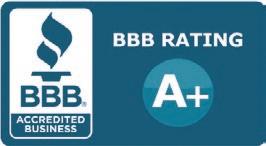
EVERY YEAR ASKS SOMETHING DIFFERENT from this industry; some years demand reinvention, while others (like 2020) demand sheer endurance. But 2025, more than any year in recent memory, asked restaurants to decide what’s worth carrying forward . Not just what works—but what truly matters now.
Full-service dining has always been about connection. Yet the past few years pushed operators to find that connection under pressure: tighter margins, slower traffic recovery, heavier labor challenges, and a value conversation that only got louder as the year went on. And still—restaurants kept welcoming people in, building community, training teams, and creating memorable experiences for guests.
This month’s stories are, at their core, about longevity—how brands and leaders stay grounded in their identity while evolving for what comes next. Our cover story (PAGE 24) looks at Texas Roadhouse, where CEO Jerry Morgan has guided one of the country’s most admired casual-dining brands by turning consistency and culture into competitive advantage. As Morgan puts it, “Make the decision and move forward. And if it’s wrong, change it.” It’s simple, but it’s also the kind of clarity that keeps teams aligned through uncertainty and momentum moving forward.
In Chefs & Ingredients (PAGE 11), Kevin Templeton reflects on what it takes to build a career—and a restaurant—that endures beyond seasonal hype. And in “How to Level Up Comfort Food” (PAGE 14), chefs prove that comfort and craft don’t have to be opposites; the most memorable dishes this year were the ones grounded in heart.
What connects these stories is not speed. It’s clarity. It’s knowing what to bring with you into the next phase, and what to leave behind. As we close out 2025, the brands finding momentum aren’t the ones doing the most. They’re the ones doing the right things on repeat. Things like investing in people, protecting culture, tightening menus, training with purpose, and choosing the long-term path, even when the market pushes for quick wins
The calendar will flip soon. The landscape will shift again. But the work continues—steady, grounded, and intentional.
Here’s to carrying forward only what strengthens us. And letting the rest go.

Callie Evergreen EDITOR

cevergreen@wtwhmedia.com FSRmag @FSRmagazine
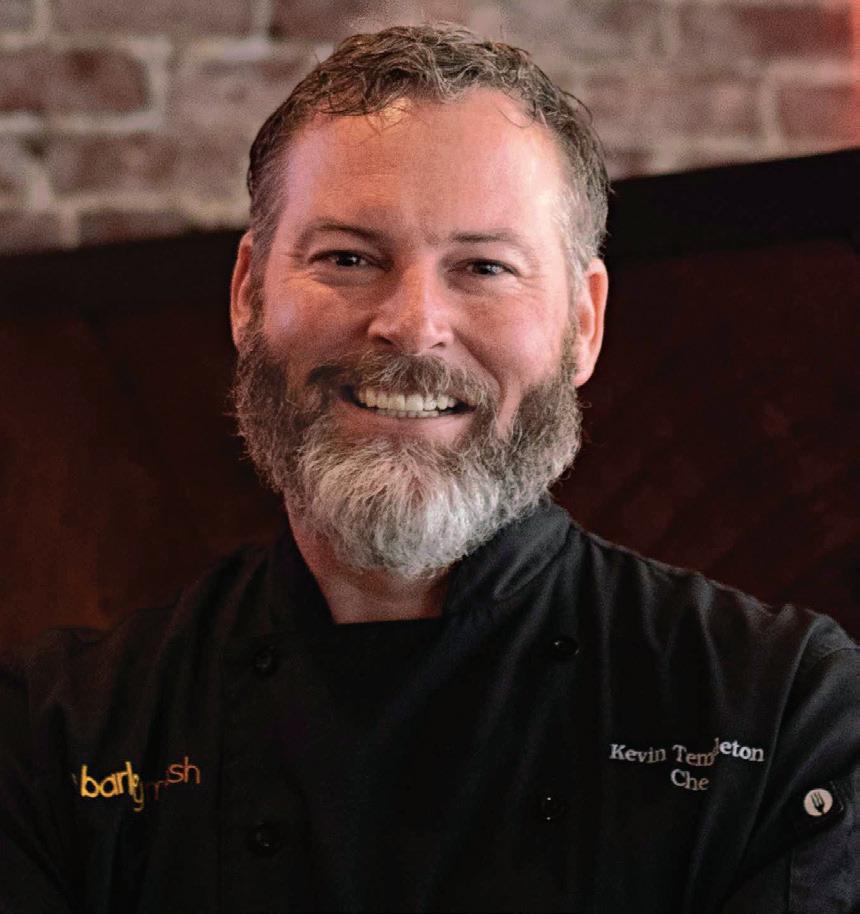
Chef Kevin Templeton (PAGE 11) has come a long way since being named one of our 40 Under 40 Rising Stars in 2018. Since then, the San Diego-based chef has launched the Baja-inspired Hasta Mañana Cantina, expanded his coffeeand-bagel chain to five locations, and doubled down on sustainable sourcing across his restaurants—including barleymash, now 13 years strong. He reflects on how he has created a lasting career in the culinary world by staying rooted in what brings him joy—including being a guitarist in the San Diego-based heavy metal band, Godhammered.











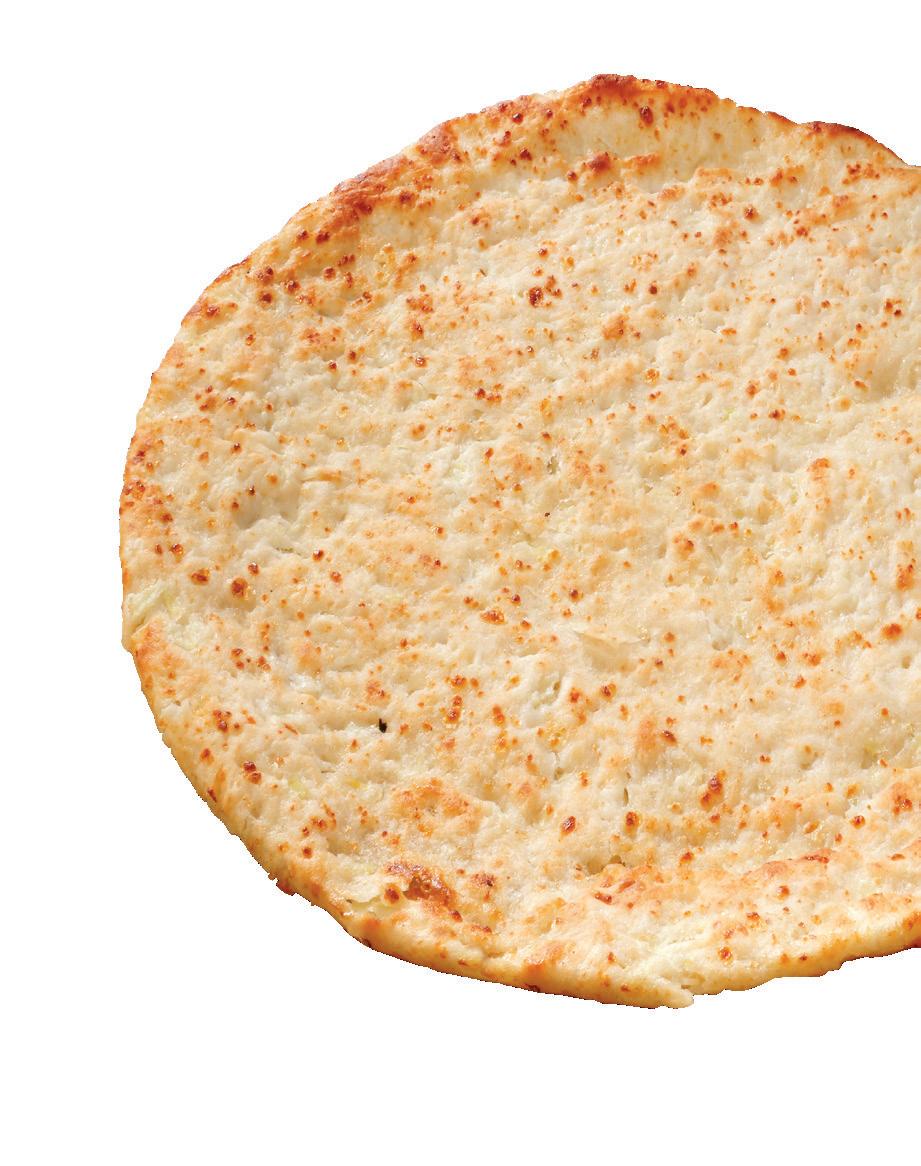




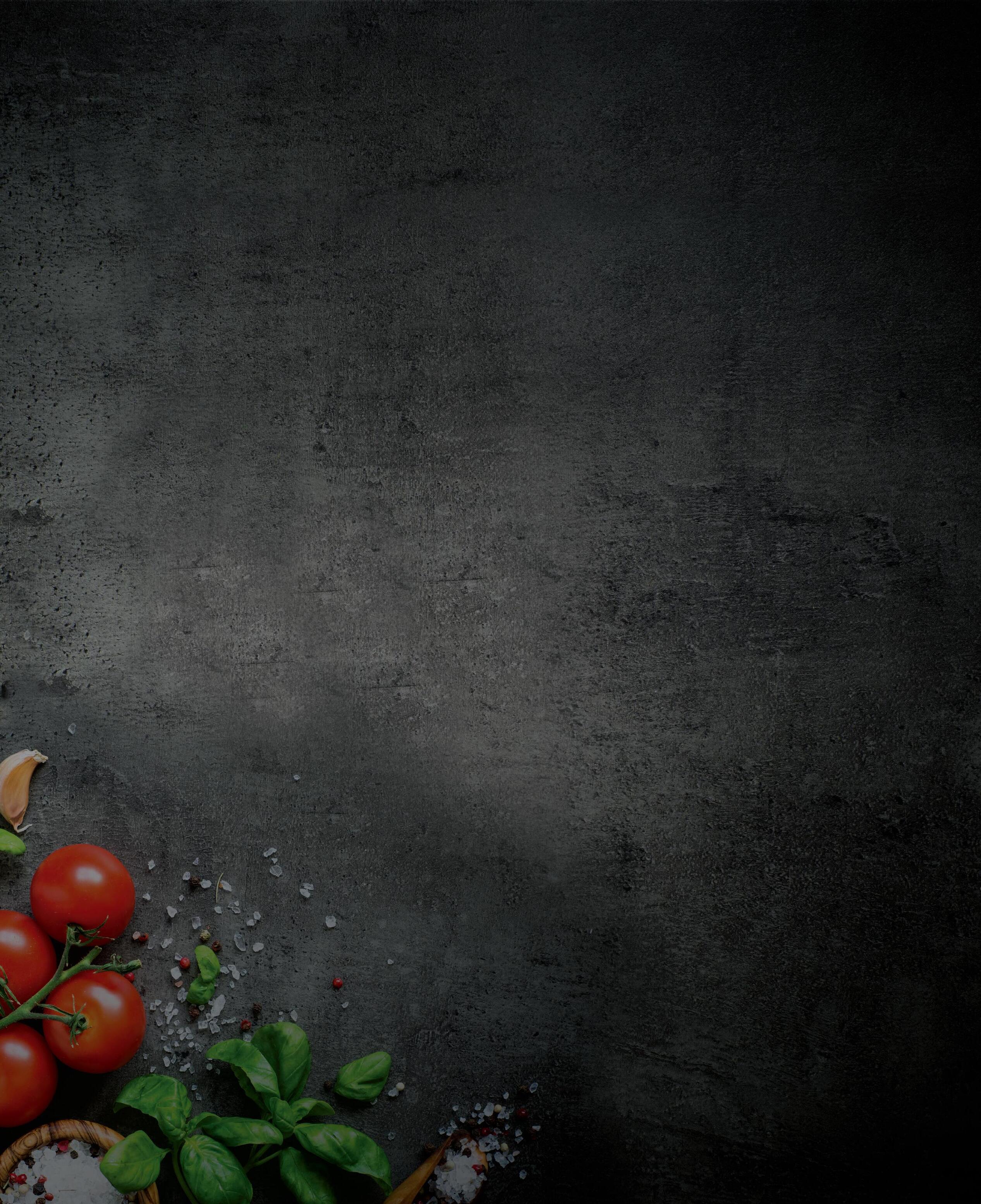





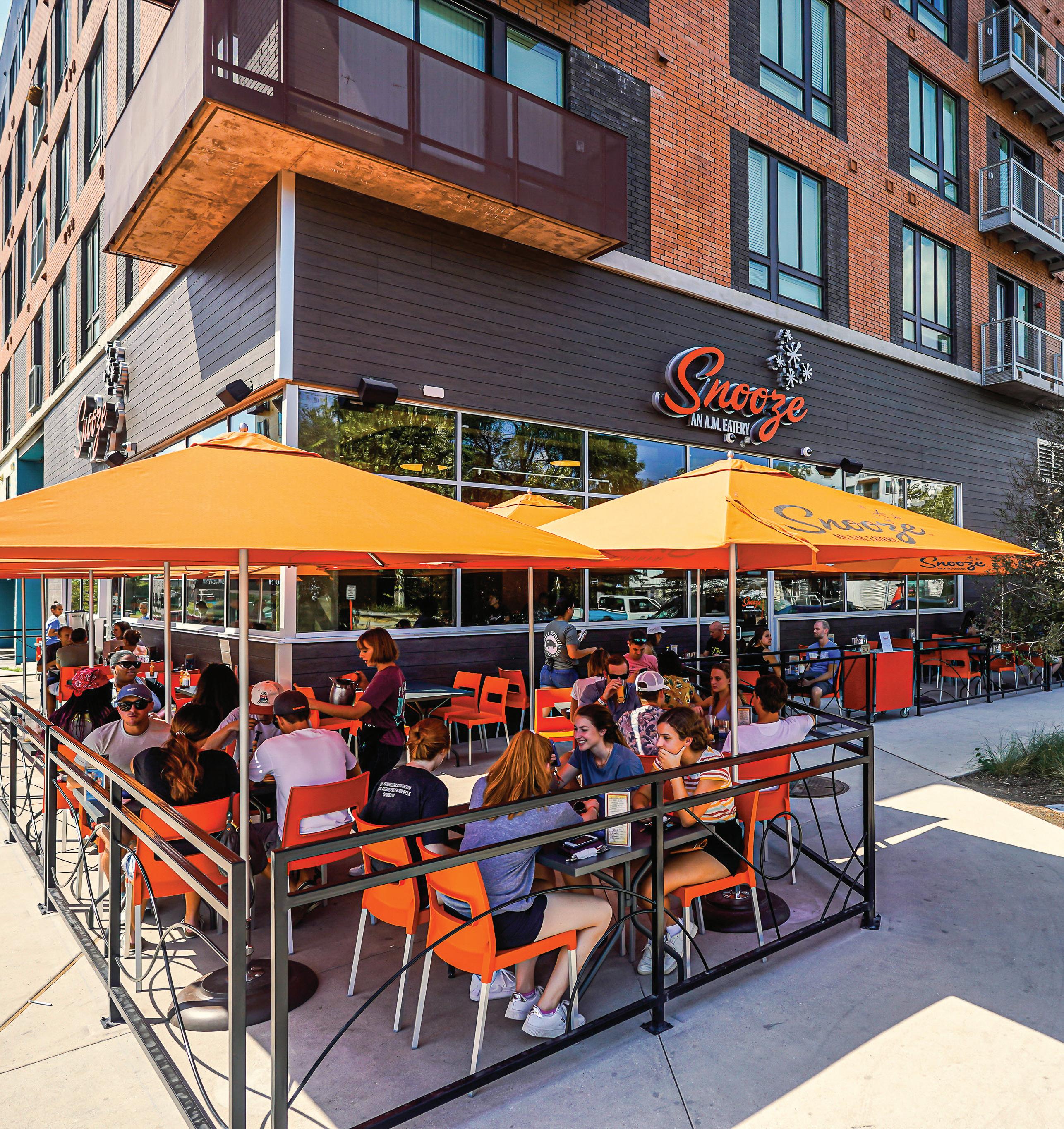
The high-altitude goal for Snooze remains to be an “anti-chain chain,” but one that also embraces strengths of scale; to stay unique, yet ensure the company leverages supply chain, marketing, and digital capabilities.
BY DANNY KLEIN
The category pioneer plans to take some risks and win over guests.
JOSH KERN IS A MARKETER AT HIS CORE. Before a three-year run as CEO of multi-concept group SPB Hospitality—a role that begin in an interim sense in August 2022—he was the company’s CMO for nearly three calendars, and charted stops as CMO of Smashburger and American Blue Ribbon Holdings, and VP
of marketing for Quiznos. At the start, Kern broke into hospitality with advertising agency J. Walter Thompson and White Castle.
So, he understands, on a wider level than most, this following point on Snooze Eatery: There are few brands in the breakfast/brunch arena that can claim to have pioneered some
of its current hallmarks. Snooze, which started in 2006, is one of them.
But can the now-roughly 70-unit chain re-tap into what it stood for when it was created? “And how can I harken back to those days and reignite those flames?” says Kern, who is about a month into his CEO tenure with the brand. “But then maximize those efficiencies of what it takes to be a chain?”
Snooze is about as grassroots a story as they come. Brothers Adam and Jon Schlegel opened the restaurant in a sleepy Denver neighborhood, starting with an idea they’d begin service at 2 a.m. to accommodate late-night guests and professionals getting off work. The name itself stemmed from Jon hitting the snooze alarm and thinking it could make for an interesting tagline. They spent five years getting rejected by investors and banks before the store debuted in early April 2006. Snooze expanded in July 2009 before heading to Fort Collins, Boulder, San Diego, and more. It did so with a brunch and bar program and sustainability-focused model that would become widespread in foodservice over the years to come. Snooze, Kern says, was one of the originators of rethinking breakfast as a creative daypart, from fried rice to indulgent pancakes to cocktails. The food was ingredient focused and sourced with intention; hormone, cage, and antibiotic free, and never with nitrates.
Kern says Snooze drifted over the years to a certain extent, though, and become homogenized in a category that’s stuffed with peers. “It’s time to dial up those flavors again and get creative with the menu and really lean into the way the founders started the brand,” Kern says. “I think we can add that fire and creativity again.”
“There’s a lot that we just need to tell our consumers out there,” he adds. “We’re kind of the breakfast maverick.
… The food story needs to be told and that’s all rich territory for us.”
Read the full version of this article on fsrmagazine.com.
Drawing on insights from more than 100 brands, af&co. and Carbonate recently released their 18th Annual Hospitality Trends Report spotlighting the key shifts shaping dining, drinking, and guest habits in the year ahead. A few highlights:
Value, redefined: prix-fixe concepts are the new “high-end combo meal”

Protein-forward: bone marrow is back in a big way
Balanced drinking: growth in lower-ABV alongside NA; agave wine emerges.
Cross-cultural mashups: Korean-Italian hits (kimchi rosé pasta, galbi broths).
Modern Mexican mixology: agave, cacao, chiles; Mexico City bar culture spreads.
Texture trend: “chewy is the new crunchy” (mochi, boba, gummies) driven by Gen Z.
U.S. Food City of the Year: Minneapolis—check out James Beard award-winning restaurants Owamni by The Sioux Chef and Bûcheron
Dessert of the year: cinnamon roll renaissance— oversized, table-shareable, social-ready.




MENTIONED IN THIS SECTION LITTLE BETTY • • KYMA • • CORNER CAFE • • HASTA MAÑANA CANTINA • • BARLEYMASH
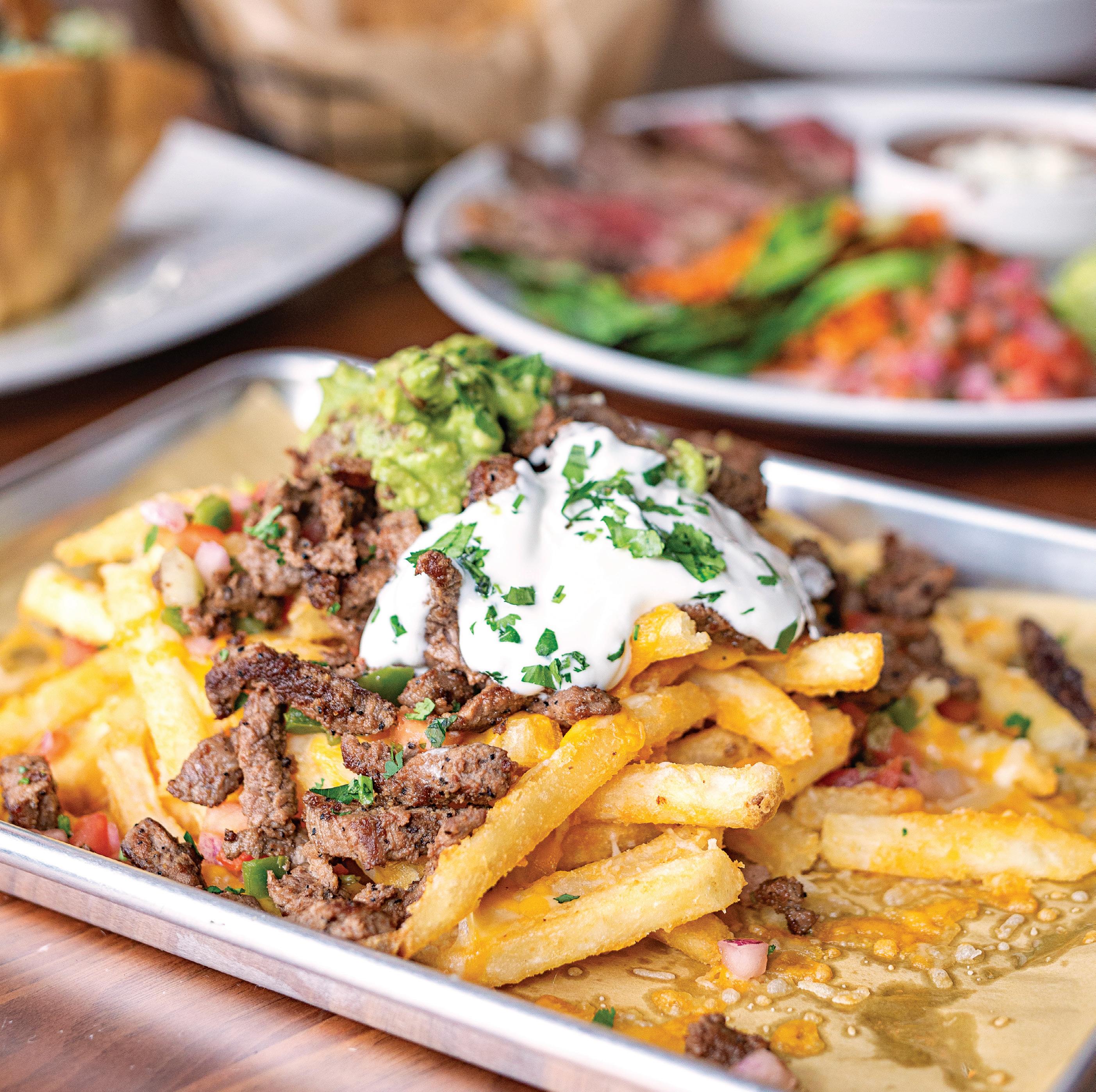
CHEF KEVIN TEMPLETON’S NEWEST CONCEPT, HASTA MAÑANA CANTINA, FEATURES BAJA-INSPIRED MENU ITEMS LIKE CARNE ASADA FRIES (PICTURED HERE), STREET TACOS, AND LARGE PLATES LIKE GRILLED SKIRT STEAK AND CARNITAS.
BY CALLIE EVERGREEN
Here’s how ‘Chopped’ Champion Kevin Templeton creates a lasting career that continues to inspire.
MANY MAY HAVE HEARD OF chef Kevin Templeton from his appearance on Food Network’s “Beat Bobby Flay” in 2016, his work in the San Diego restaurant scene, or when he became “Chopped” Champion in 2019. But a select, special few may know him as the guitarist in the San Diego-based heavy metal band, Godhammered. “If I didn’t have music and cooking—if I didn’t have one or the other to balance out—I don’t think I would be very
good at cooking,” he says. “The stress of it, then I get to go be with my best friends and just play really loud, scary music, causes a natural relief of everything.”
“I wouldn’t be able to do one or the other. And I’m glad I chose to be a professional chef as opposed to a musician,” he quips. But his ability to stay grounded in what brings him joy plays a huge role in why Templeton has been able to create a sustainable career and concepts that stand the test of time.
Back in 2018, FSR recognized Templeton as one of its Rising Stars “40 Under 40” as an emerging talent helping to define the future of full-service dining. Fast forward to today, and Templeton is equal parts innovator, college educator, showman, and always an advocate of sustainable, scratch-made cooking. “The restaurant ownership is definitely a challenge, but I luckily have amazing partners that really help balance it out and teach me the ways,” he admits.
Templeton’s culinary journey is deeply rooted in his San Diego upbringing, where he developed an early passion for farmto-table cooking. After attending culinary school, he honed his skills at iconic local establishments including Top of the Cove, Peohe’s, Azul La Jolla, and Fox Sports Grill. He later expanded his repertoire in Austin, Texas, working at South Congress Café before returning to San Diego.


POST-SHIFT DRINK?
A shot of Fernet Branca
DREAM DINNER GUEST?
Chef Rick Bayless
ALT-CAREER?
A teacher—I teach at a local Jr. college and I love it
FAST-FOOD FAV? Del Taco
UNDERRATED SPICE? Ground mustard— it can balance the flavor of a dish and give it the zest it needs, and is also a wonderful emulsifier for sauces and vinaigrettes
In 2012, Templeton opened barleymash in the heart of San Diego’s Gaslamp District, now one of the city’s most beloved staples. “We just celebrated our 13th year, which is crazy. That’s about a million in restaurant years downtown,” Templeton says. If he had to boil down
the secret to powering that longevity, Templeton says adaptation and hospitality are everything.
The idea behind barleymash was to create a timeless place “that you feel welcome and comfortable, not too snooty,” he adds. The menu features progressive bar fare, with sharables ranging from double-battered chicken tenders to Citrus Vodka Shrimp Ceviche, and flatbreads like The Popper— with applewood-smoked bacon, jalapeño, cream cheese, ranch, crispy tobacco onions, and habanero jelly.
“One of the main partners just said, ‘Hey, I want you to make everything from scratch, and I want you to be over the top on everything and put as much alcohol in it as you can, too.’ So I said, ‘Oh, I can do that,’” Templeton recalls. “We’re kind of American comfort food, but we have a lot of Latino inspirations in there as well.” His team at barleymash doesn’t
skimp on scratch-made. They make their own mayo, ketchup, and mustard fresh daily. “I couldn’t be more proud,” he says. Just a few blocks away from barleymash is The Smoking Gun, a retro neighborhood bar channeling 70s and 80s vibes with creative cocktails and standout burgers. On the daytime side, his Spill the Beans coffee and bagel shops have grown into a five-unit collection, each featuring housemade Cali-style bagels and inventive cream cheeses, supported by a central bakery commissary beneath Smoking Gun.
In 2024, Templeton also helped launch Hasta Mañana Cantina, a vibrant Baja-inspired concept near the baseball stadium. “We thought it was really important to open up a concept that’s absolutely beautiful, stunning when you walk in, but it’s not unaffordable.”
The food evolved, too. “In the beginning I went a little too authentic... and so we just kind of started leaning back and then just remembering we’re in San Diego,” he says. “It’s been an evolution, and it’s a little more applicable to everybody… we have some crazy spicy sauces that’ll burn your eyes and some more subtle flavors too.”
Templeton’s leadership and commitment to sustainable sourcing have helped shape Hasta Mañana’s identity.

ners, vendors, and team is rooted in mutual trust and long-term vision. It’s why many of his kitchen staff have stayed with him for years, and why guests keep coming back. Templeton sees value not just in great food, but in consistency and human connection.
That lesson in balance—between authenticity and accessibility—shows up again and again in Templeton’s approach to hospitality. Whether it’s sourcing ingredients from local purveyors or encouraging patrons to “rip some shots of tequila before a game,” a fun
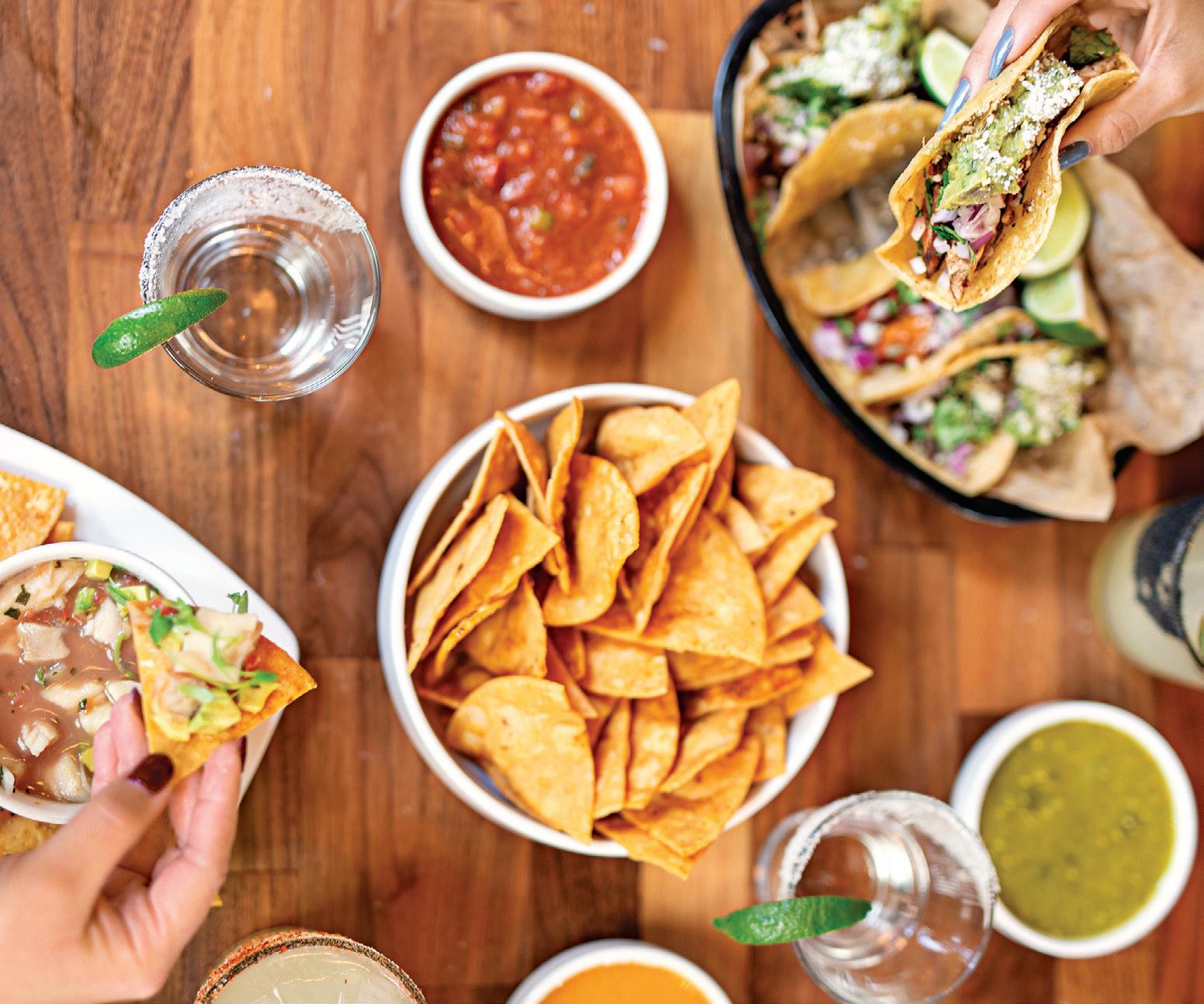
The throughline across all of his concepts is the same: authenticity, approachability, scratch cooking, and a heavy side of fun.
Templeton’s sourcing philosophy centers on a deep commitment to quality and long-standing relationships with local purveyors like Specialty Produce, which he’s worked with for more than 25 years; San Diego Seafood; and Central Meats—a 105-year-old locally owned and operated meat company. “We try to get at least 75, 80% organic in what we get,” he says. “There’s a business side of it, but it’s also like these guys are my friends. I want to hang out with them too. And I really think that makes a relationship very, very strong, as opposed to, ‘What’s your best deal?”
The culture he’s built with his part-
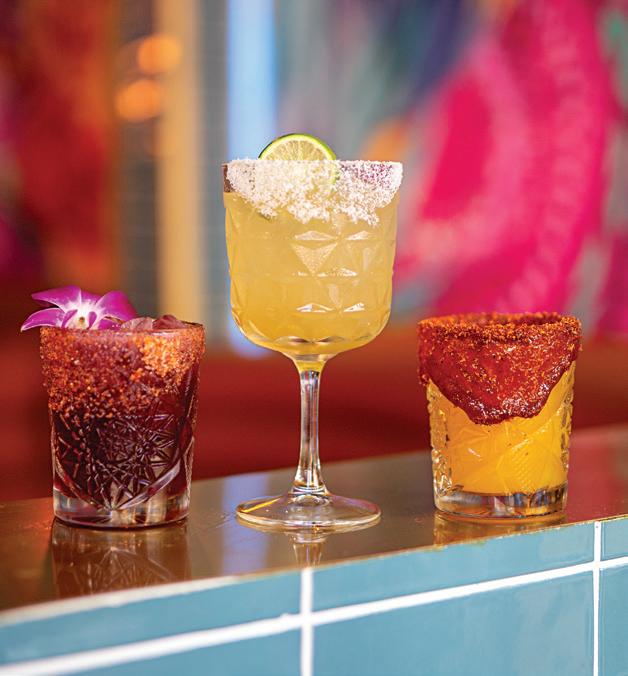
WITH MULTIPLE RESTAURANTS UNDER HIS BELT, INCLUDING HASTA MAÑANA CANTINA, THE SMOKING GUN, SPILL THE BEANS, AND 13-YEAR-OLD BARLEYMASH, CHEF KEVIN TEMPLETON STILL PLAYS GUITAR IN THE HEAVY METAL BAND, GODHAMMERED. “YOU HAVE TO MAKE TIME FOR THAT,” HE SAYS, BECAUSE STAYING GROUNDED IN WHAT BRINGS YOU JOY IS A KEY TO A LONGLASTING CAREER.
guest experience is always center stage.
While Templeton’s 2019 “Chopped” win brought national attention, the experience was anything but glamorous behind the scenes. “People ask if I had a great time, and I’m like, no—I was totally stressed out,” he says.
Still, the high-pressure competition sharpened his skills and reinforced his creativity under pressure. “You’ve got 20 minutes to figure it out. That’s speed,” he says, noting his knack for making something out of whatever ingredients are on hand. The exposure also offered a chance to rally the local community. “We threw viewing parties and packed the house with support from friends, purveyors, and other restaurants,” he says. “That felt really good.”
Behind the success, Templeton says the secret ingredient and the true foundation of a lasting career comes down to passion. “You’re not gonna make money for a long time in this industry, and you’re gonna work crazy hours.” What’s kept him going is simple—he loves the act of feeding people. “I love creating food. I love putting smiles on people’s faces… that’s my love language for sure, is feeding,” he says.
That passion carries into the classroom, too. Templeton teaches at Mesa College in San Diego, mentoring the next generation of chefs. “When COVID happened, I saw this whole industry just falling apart,” he recalls. “I really wanted to give back and just try to spark some influence in the younger generation of chefs, and genuinely I really have a good time with it.”
He also finds hope in the next wave of talent. “I am seeing this younger, 19, 20, 21-year-olds actually ready to do this,” he says. “They’ve got some tough skin and they want to get down and dirty. The industry has changed quite a bit over the million years I’ve been doing it, but I like to see more hardcore chefs coming out of it now.”
With multiple restaurants under his belt—including barleymash, Hasta Mañana Cantina, The Smoking Gun, and five Spill the Beans coffee + bagel concepts—Templeton still finds time to play death metal with Godhammered. “People ask, how do you find the time? You have to make the time for that,” he emphasizes.
Looking ahead, Templeton says the goal isn’t to slow down—it’s to keep pushing forward with purpose. barleymash will always be his “baby,” but what excites him now is growing alongside his team. “I have an amazing executive sous chef—most of the time she’s kicking me out of the kitchen now,” he jokes. “She’s like, ‘Can you please just go away?’”
“It’s a really hard environment for restaurants right now,” he adds. “So I’m focusing on how we get people to come out more, have a good time, and just keep asking ourselves: What’s the next step?” That, he adds, will be his mission in the years to come.
BY SATYNE DONER
From slow braises to caviar-topped cornbread, chefs at Kyma, Little Betty Steak Bar, and more reveal how they balance heart and haute cuisine.

BIRMINGHAM, ALABAMA, LITTLE
A
ITS
Is it an ingredient, carefully paired and savored, or is it a feeling—a quiet pull that takes a guest somewhere cozy, somewhere warm, somewhere familiar? The bigger question is how to elevate comfort food—how to strike the perfect balance between familiarity and refinement.
Enter Kyma, a contemporary seafood tavern in Atlanta, Georgia. Looking back on the evolution of Greek cuisine, executive chef Pano Karatassos believes it was best found inside the homes of Greek people, where grandmothers, grandfathers, and aunts were each known for cooking a specialty dish.
For Karatassos, this cuisine is the definition of comfort food—and it all comes down to technique: long, slow braises of meat and vegetables, marinating fish and meats before cooking them to build depth and flavor. Before opening Kyma, he struggled to find Greek food outside of the typical casual, tourist-style fare. He sought to combine his upbringing as a Greek American with elevated culinary techniques, showcasing traditional flavors in a more modern way.
After a trip to Athens to visit his Aunt Rena, where he pulled a heavy casserole from her oven, he was inspired by her signature lamb recipe. It lives on through Kyma’s Braised Lamb with Pasta Pearls— slow-cooked, semi-boneless leg of lamb layered with sweet Vidalia onion, dried oregano, and thyme, finished with olive oil, lemon juice, and fresh herbs. The trahana-style pasta is cooked in the braising liquid, making this traditional Greek dish deeply comforting. It’s as if it transports guests straight into Aunt Rena’s cozy Athens kitchen—and it’s become
KYMA EXECUTIVE CHEF PANO KARATASSOS BELIEVES THE DEFINITION OF COMFORT FOOD COMES DOWN TO TECHNIQUE: LONG, SLOW BRAISES OF MEAT AND VEGETABLES, MARINATING FISH AND MEATS BEFORE COOKING THEM TO BUILD DEPTH AND FLAVOR.

a fan favorite at Kyma.
“With slow-cooked food, you’re developing the flavors as you do it, and that’s what I loved about my aunt’s cooking in Athens. I remember smelling the aromas of this beautiful lamb being roasted and braised in her oven that had been cooking for eight hours in a wonderful broth, soaked up by the pasta,” Karatassos says. “It became this rustic dish that I transformed into a one-person serving inside my restaurant.”
Karatassos also serves as corporate executive chef for Corner Cafe, an eatery inspired by European bakeries serving breakfast, brunch, and lunch. Located in the heart of Atlanta’s Buckhead neighborhood, comfort comes in the form of chef James Page’s Potato Leek Soup.
The rich, creamy staple is served with a crispy potato beignet and a drizzle of housemade olive oil, a contrast to the velvety soup that evokes a cozy cabin dining experience. The secret here is not just time—it’s balance, perfected through repetition and care.
“Chef James takes his time to melt the leeks, adding a little bit of cream to make a purée to combine with the potatoes. The texture of the soup, paired with the balance of flavors perfected from doing this hundreds of times, is what makes
it a classic,” Karatassos says. “It’s a soup that reminds you of home, and you can certainly make it at home, but when you get it from Corner Cafe, you can trust it’ll be made to perfection every time.”
In Birmingham, Alabama, Little Betty Steak Bar puts a lush spin on a Southern comfort classic with its Cornbread & Caviar dish, blending beef tallow blue corn madeleines, a generous 28 grams of Kaluga caviar, and crème fraîche.
Executive chef Kyle Biddy says that since its inception, Little Betty Steak Bar has always wanted to do an inventive play on caviar—but the true moment of inspiration came through the natural pairing of the words cornbread and caviar.
“It just felt good to say, and cornbread seemed like the perfect vehicle. We aren’t necessarily a Southern-themed restaurant, but I’m from Georgia, so it was exciting to take some of my roots and incorporate them into our menu in a simple yet luxurious way,” Biddy says. “We landed on a decadent, brown-butter-laced cornbread, and these deep flavors paired well with a solid, kind of nutty caviar.”
The approachability of the sweet, buttery cornbread draws in even the most cautious of guests, inviting them to indulge in something that feels both old and new. The addition of an ounce
of caviar is just enough for the average diner to explore. Kaluga caviar in particular is unique—it’s derived from a hybrid sturgeon, offering a more neutral, buttery, and mineral-forward flavor than the typical oceanic saltiness diners might expect.
“I think this is the perfect caviar for anybody to play with. We like to live in the lap of luxury and give people access to it on a microscale. We’ll see guests come in for this dish and then order second and third servings of just the cornbread itself, and then they’ll add a tiny bit of just caviar to other things, like our oysters,” Biddy says.
Like Karatassos, Biddy lays out a similar playbook for creating an elevated comfort food dish: well-sourced, preferably local ingredients, slow-cooked for hours, perfectly paired and balanced.
“Something that feels luscious, with a tender texture and slowly reduced sauce over something creamy and crunchy, that feels luxurious without having to have a huge price tag,” Biddy says. “You see this in classical French kitchens, where the most highly sought-after items are reminiscent of slow-braised short ribs. I want to see more of that in American cooking … something slow, something thoughtful.”

THE RESTAURANT INDUSTRY is more chaotic than ever, making it essential for businesses to find effective ways to engage customers. One increasingly popular solution is text messaging, a tool with a remarkable 90 percent read rate within just 10 minutes—far surpassing email’s 18 percent open rate, with messages often overlooked for days.
The instant impact of text message marketing is driving more and more restaurants to adopt it as a tool for connecting with their customers. “We saw tremendous success with our PizzaCloud service,” Scully says. “It inspired us to create Text.Food specifically for all restaurants. Our goal is to add 10,000 quick-service and fine-dining restaurants to our text messaging service over the next two years.”
Unlike many other platforms that charge steep prices based on message volume, Text.Food offers volume dis-
counts across chains, regardless of how many locations an owner manages. “Our pricing starts at 2.2 cents per message for small customers and drops to as low as one cent for large-scale users,” Scully says. This model benefits both small operators and larger chains, ensuring that everyone receives the best rate.
Automated campaigns are another valuable core feature of Text.Food, allowing restaurants to schedule texts based on slow times or special promotions. Some even send humorous, light-hearted messages rather than relying on promoting coupons and sacrificing profits. “One of our users sent a message reading, ‘Did you know it’s not a felony to eat pizza on Monday? Order now!’ These messages are fun and engaging, not overly salesy, and people respond to them just as well as coupon offers,” Scully adds.
With Text.Food, flexibility is key to creating campaigns that match a brand’s voice, whether it’s advertising new menu items or encouraging customers to stop in on slower days.
Customer support is another strong

suit where Text.Food excels. The platform offers a self-service portal, but for those who need assistance, their team is avail able 24/7 to help design the most effective campaigns. “We aim to offer the best of both worlds. Restaurants can manage everything on their own, or we can guide them through the process,” Scully says.
One of the significant advantages of Text.Food is the ease of setup. “Once the brand is registered, a user can send their first campaign in minutes. We handle the annoying bit, getting the initial approval from the National Campaign Registry,” Scully says. This makes it an attractive option for busy restaurant operators seeking a simple, effective way to boost sales and engage customers.
With affordable pricing, flexible campaigns, and exceptional customer support, Text.Food is positioned to become a leader in text message mar keting for restaurants. Whether you’re a small independent operator or part of a larger chain, this service can help increase revenue and customer satisfac tion—all with a simple text.






Price for this service varies based on type of message & volume.
• We apply volume discounts across entire chain, so individual location owners benefit from total chain volume.
As low as $0.01 per message for high volume customers!


Use your Existing Phone Number to send messages!
• Either through direct integration to your POS system, or by exporting lists from the POS to import into our platform, you can schedule & manage outbound text message marketing to increase revenue.
We are fully compliant with CITA/FCC regulations!

Text messages have up to 95% open rate within minutes: push online orders, drive additional revenue, & send upsell messages!

1) Send a X Dollars off coupon message to customers who’s last order was more than 90 days ago, with the goal of “re activating” those customers.
2) Send an “upsell” coupon for add on items to more active customers
3) Automated campaign to send a few hundred messages per day, with the goal of adding 10+ additional orders per day. Messages can be coupons, but you can also get great traction with messages such as “Happy Monday. Did you know you are allowed to eat pizza on Monday? ” followed by your online ordering link.
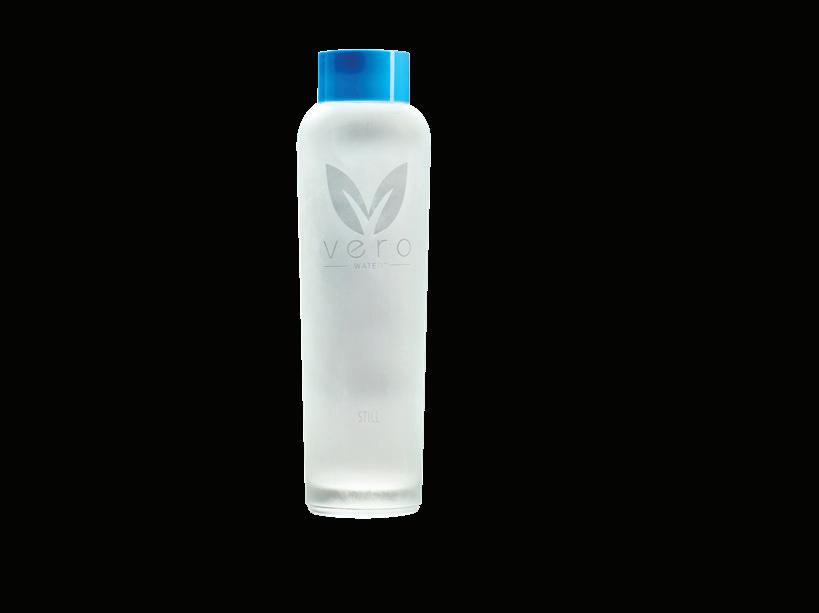



Serve unlimited, ultra-filtered still and sparkling water presented in elegant, reusable, fully recyclable glass bottles. Water service that’s as memorable as the meal.

Available for purchase or rent, with consistent, worry-free performance backed by our nationwide service network. Call us today to redefine your guest water service and make sure you ask about our first month free rental promotion.
Is your water service meeting the same high standard as everything else you serve? With Culligan Quench’s premier line of Vero Water dispensers, you gain complete control over every flavor on the table –no more off-tasting tap water. Our advanced five-stage filtration system delivers a consistently exceptional taste in every glass. The Vero system provides a crisp, effervescent sparkling water freshly poured on-demand, without the hassle of ordering and storing single-use bottles. We also offer a variety of high-capacity filtered ice dispensers for crystal-clear, great-tasting ice. 844.328.1213


Vero Water is served by many Michelin starred restaurants for it’s purity and elegant bottle service.
AIRPORT BARS ARE FINDING CREATIVE WAYS TO DELIVER CURATED, PREMIUM EXPERIENCES THAT MEET TRAVELERS WHERE THEY ARE.
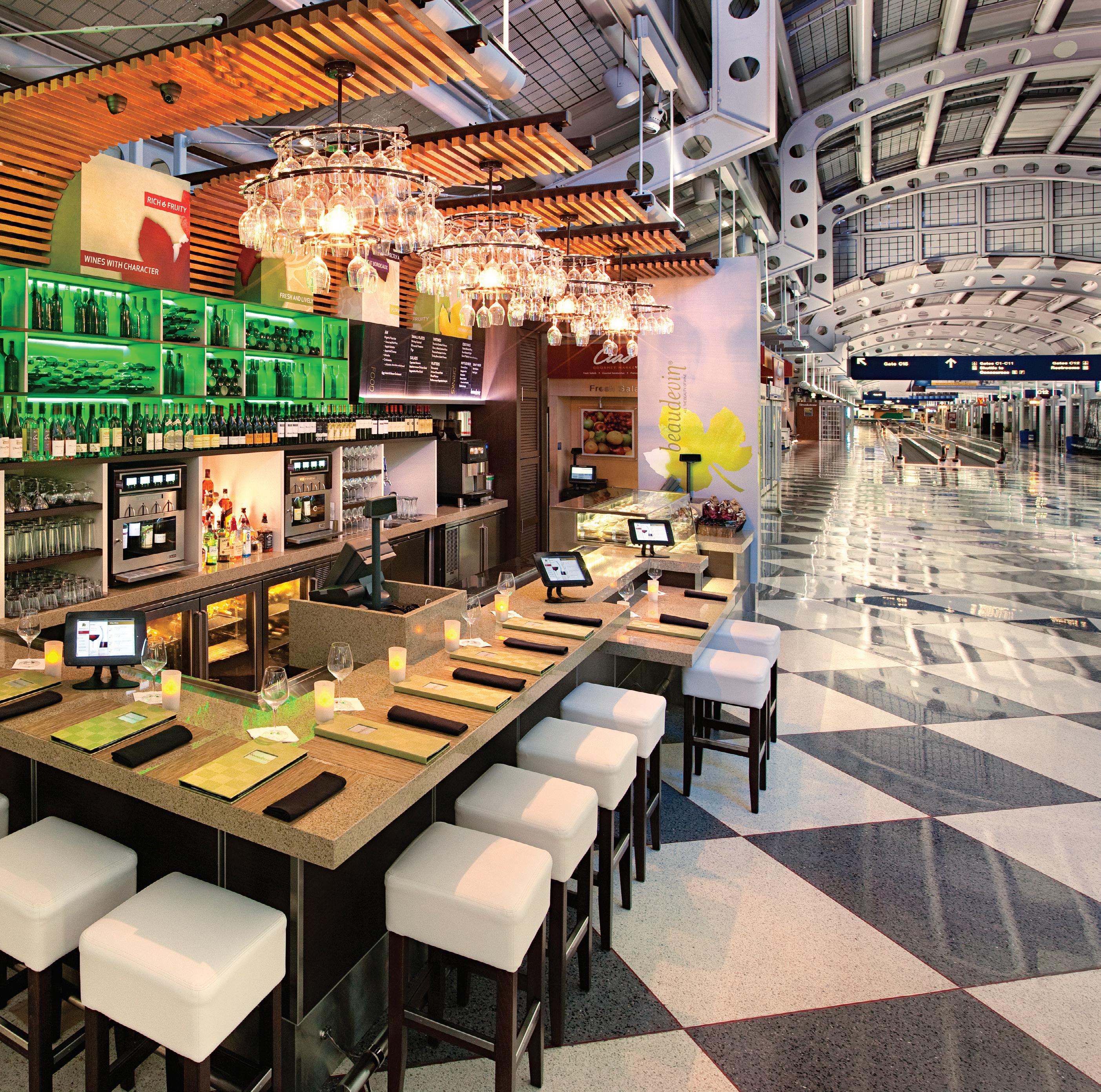
BY SAM DANLEY
At airport bars, convenience can’t come at the expense of hospitality.
WHETHER IT’S MARKING THE START of a journey or passing time during a connection, the airport bar remains a fixture of travel life. In many ways, it’s not all that different from the broader food and beverage industry. From the rise of
low- and no-ABV options to the growing interest in global wines and lesserknown varietals, the same trends are shaping menus across the board.
But unlike traditional bars and restaurants, airport operators serve guests
with a very different mindset. “When people are making the decision to consume an adult beverage in a traditional capacity, it’s often around an occasion, a meeting or celebration or social gathering,” says Tyler Pitman, senior vice president of concept development, brand partnerships, and adult beverage for North America at Avolta, a global travel retail and F&B company. “In the airport
bing something before boarding. The balance, Pitman says, is between giving them speed and giving them something worth remembering.
Physical limitations also play a central role. “The space we have behind our bars, the space that we have on the back bar, the infrastructure that supports the number of draft lines—it’s very different from the traditional capacity,” Pit-

AVOLTA’S CONNOISSEUR’S COLLECTION FEATURES A LINEUP OF PREMIUM SPIRITS ALONGSIDE MORE THAN 50 PRIVATE-LABEL BOURBON BARRELS, AVAILABLE EXCLUSIVELY TO TRAVELERS DINING AT DOZENS OF RESTAURANTS ACROSS 20 AIRPORTS.
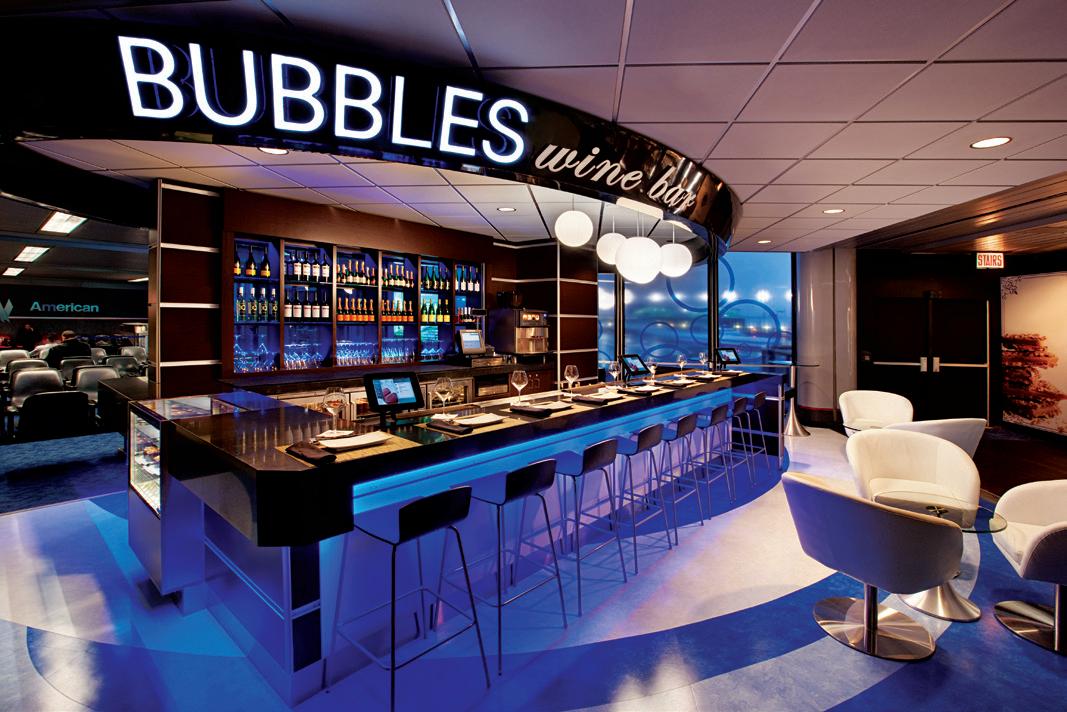
space, at the end of the day, they’re just here to travel. So how people perceive what they’re looking to drink, how they make their purchasing decision—it’s about the time they have.”
That time factor shapes every part of the experience, from menu design to operations. Travelers aren’t planning a leisurely night out. They’re fitting a drink into a 45-minute layover or grab -
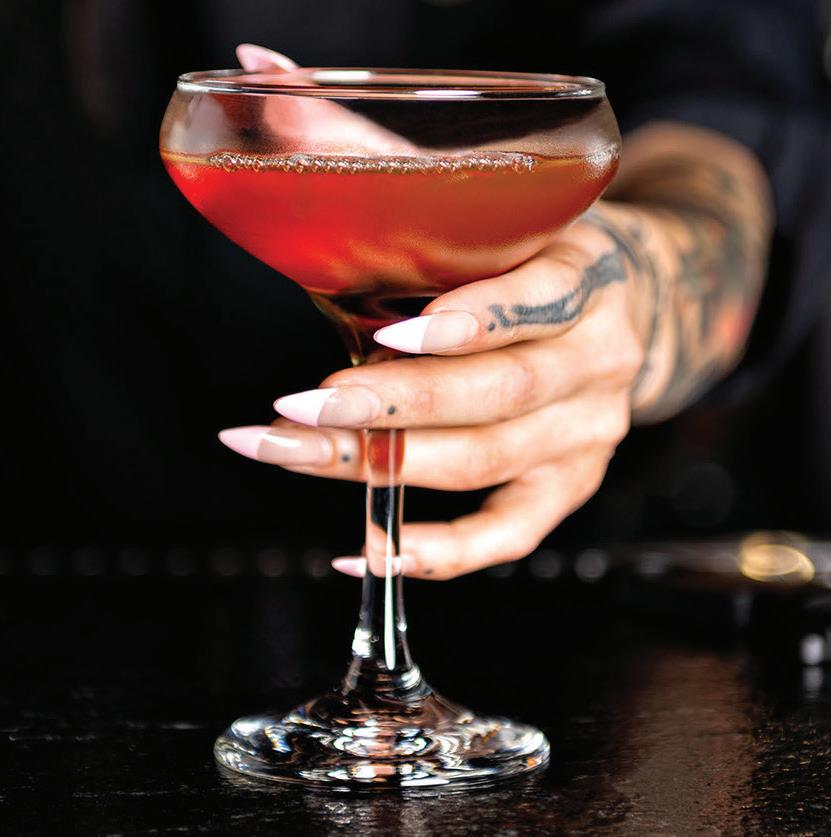
man adds. “Traditional restaurants may have 16 tequila SKUs. They may have every age statement from four different suppliers. We don’t have the luxury of space, so we have to be really sharp about what products we’re offering and how we’re engineering our portfolio.”
That same theme runs through Brittany McCarthy’s approach at Paradies Lagardère, where she serves as national beverage manager. With more than 90 airports and hundreds of outlets to consider, her team builds flexibility into the program itself.
“Some of our bars have five seats,” McCarthy says. “There’s no way to be able to have enough room in there for everything. So, while you always want to make sure you’re hitting some of the trends, you also have to make sure you’re still getting those staples in there.”
Menus are tiered to fit different footprints, ensuring travelers can find a mix of crowd-pleasers and trending flavors even in compact spaces. But, she notes, convenience can’t come at the expense of hospitality.
Airports are often under-served when it comes to food and beverage options, especially amid constant construction and renovation projects. Guests can spend significant time just waiting to place an order, which makes speed of service essential.
That’s one reason RTDs are growing in this space, and McCarthy expects them to become an even bigger part of the mix. At the same time, she’s wary of making things so quick and automated that they lose the human connection that defines a good bar experience. Even if travelers don’t have time to linger, she believes there’s still room for genuine hospitality.
“One thing I don’t love to see in this industry is the service part going away, because that’s such a huge thing behind the bar,” McCarthy says. “I don’t want it all to move to QR codes and RTD. I get excited when I go into a bar and the server comes over and tells me what the special is. Guests deserve and expect the same thing in the airport. So, as much as technology is awesome, I’d rather see it in the back-of-house versus front-of-house.”
Some emerging consumer trends could actually help strengthen that service element. McCarthy points to ChatGPT as one example, noting that people are using AI to learn about spirits, get pairing recommendations, and explore new categories. “It’s great because it does help educate people and help them make decisions, and it doesn’t have to hurt the service and the hospitality. At the end of the day, I’d still take a recommendation from a live person rather than AI.”
Airport bars are also finding creative ways to deliver curated, premium experi-





ences that meet travelers where they are.
This summer, Avolta expanded its Connoisseur’s Collection, which began as a high-end retail program in duty-free stores and has now crossed over into the company’s food and beverage operations.
The Connoisseur’s Collection features a lineup of premium spirits—from The Balvenie 21 and Belvedere 10 to Drumshanbo Gunpowder Irish Gin and El Tesoro Extra Añejo Tequila—alongside more than 50 private-label bourbon barrels from Jefferson’s and Maker’s Mark. Beginning this summer, they’re available exclusively to travelers dining at dozens of restaurants across 20 airports.
In October, Avolta went a step further with the launch of a first-of-its-kind concept inside one of its duty-free stores at JFK Airport: the Blinded Tiger.
“It’s a prohibition-era speakeasy,” Pitman says. “It has our Connoisseurs Collection spirits, but it also has a tremendous complement of other spirits that really creates that respite and that really cool, fun experiential element and component. We have mixologists behind the bar that are asking about what flavor profiles you like, just like when you walk into a high-end cocktail bar at any
streetside location.”
The menu doesn’t call out brands. Instead, it’s organized around flavor profiles, encouraging guests to discover new spirits they may not have encountered before. “The beautiful thing about that is we also have those bottles for sale. So, you’re introduced to a new product, you’re getting this higher-end experience, and then you can walk over and actually purchase a bottle and bring it with you,” Pitman adds.
Avolta also launched a mocktail program earlier this year that focuses on using refined ingredients already stocked behind the bar for cocktails— upgrading the quality of non-alcoholic options while keeping them consistent with the rest of the beverage program. Pitman says the offering has resonated strongly with travelers.
“It’s almost the two opposite sides of the equation, and it all comes down to crafting and creating that experience,” Pitman says. “We need to create the same experience that so many of the top industry leading restaurant groups and bars are doing. It’s not just somewhere that they can stop to make a purchasing decision. It’s how we can create an experi-
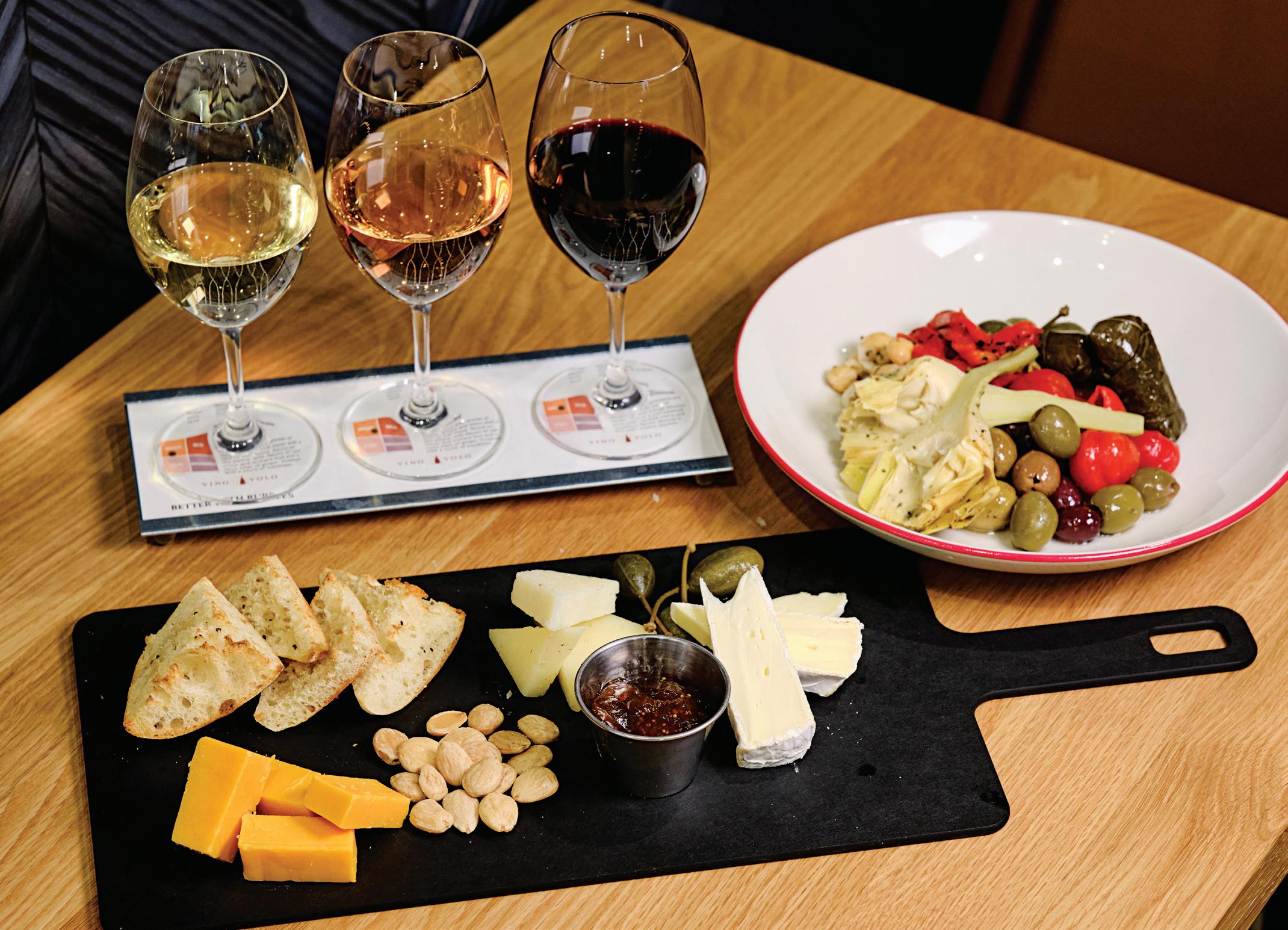
ence for them to drive that check average.”
McCarthy traces the growing appetite for premium, elevated beverage experiences back to the pandemic. She says consumers became more educated about their favorite spirits during that time, which raised expectations across the board—especially around quality and storytelling.
“Travelers now expect the same caliber of wine and cocktails and even beer that they would find in the city that they’re going to be in,” she says, noting that the local connection in particular is an increasingly important factor. “It’s basically a demand for airports themselves in the RFPs, how much local needs to be involved now.”
As one example, she points to Hattie B’s at Nashville International Airport— one of the city’s most recognizable hot chicken brands and a key player in bringing the local dish to national attention. “I’ve never been to Nashville, but yet I had to fly through it like 20 times,” McCarthy says. “It’s nice to go through the airport and try something that matches up to what you can find street side. I think that’s something we have to do in beverage as well—try to tie everything back to something local, using the spirits that we have and thinking about who is traveling to that location or through that location when we create the cocktail.”
She hopes that over time, airport locations can become destinations in their own right—places travelers look forward to revisiting. “The airport is your first hello and last goodbye to any city,” McCarthy says, “so you want to make it memorable.”
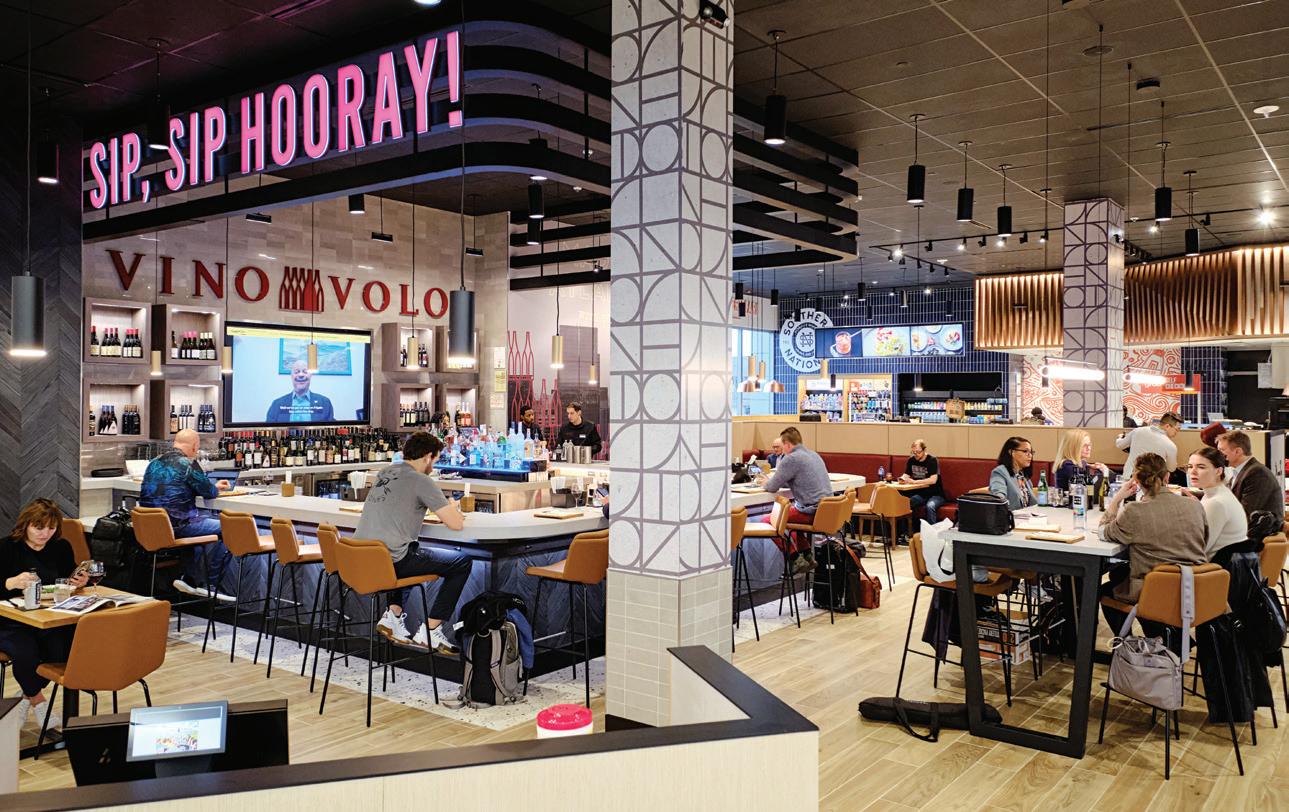
FEBRUARY 25 - 27, 2026 / CHARLESTON, SC
Join the movement of women reshaping the future of the restaurant industry at the Women in Restaurant Leadership: Together Summit. This three-day event is all about bold conversations, powerful insights, and purposeful networking that fuels the growth and success of women leaders across the industry.
WHAT TO EXPECT
• Visionary Speakers: Hear from trailblazing women who are changing the restaurant world, sharing strategies and stories that inspire action.
• Hands-On Workshops: Gain practical tools to overcome real challenges, enhance your leadership, and drive business success.
• Next-Level Networking: Connect with driven, like-minded women ready to collaborate and empower each other.


WHY ATTEND?
• Innovative Leadership: Discover fresh perspectives and actionable ideas to enhance your leadership in this evolving industry.
• Empowerment in Action: Engage in meaningful discussions that inspire personal and professional growth.
• Collaborative Impact: Be part of the conversations that tackle today’s challenges— diversity, equity, and work-life balance—and shape tomorrow’s solutions.








FEBRUARY 25 - 27, 2026

If you’re a woman in the restaurant industry— whether you’re an owner, chef, manager, or emerging leader— this summit is for you.

Experience the energy of Charleston while connecting with women leaders who are as passionate and driven as you are.
ARE YOU READY TO LEAD THE CHANGE?

THROUGH ALL THE INDUSTRY’S VALUE TURMOIL, TEXAS ROADHOUSE’S TOP-LINE GROWTH CONFIRMS PEOPLE VIEW THE BRAND AS A “GOOD DEAL”—DRIVEN BY TRUST, SERVICE, CONSISTENCY, AND NEVER LOSING SIGHT OF WHAT CUSTOMERS NEED.

BY DANNY KLEIN
CEO JERRY MORGAN had giant-sized shoes to fill. He’s led with heart, hard work, and a “coaching mentality” ever since.
had a flair for testing those he believed in. He was a factfinder. He’d share books, poll employees on their contemporaries, and drop hints about what he might be considering. But what Taylor concluded was often a mystery.
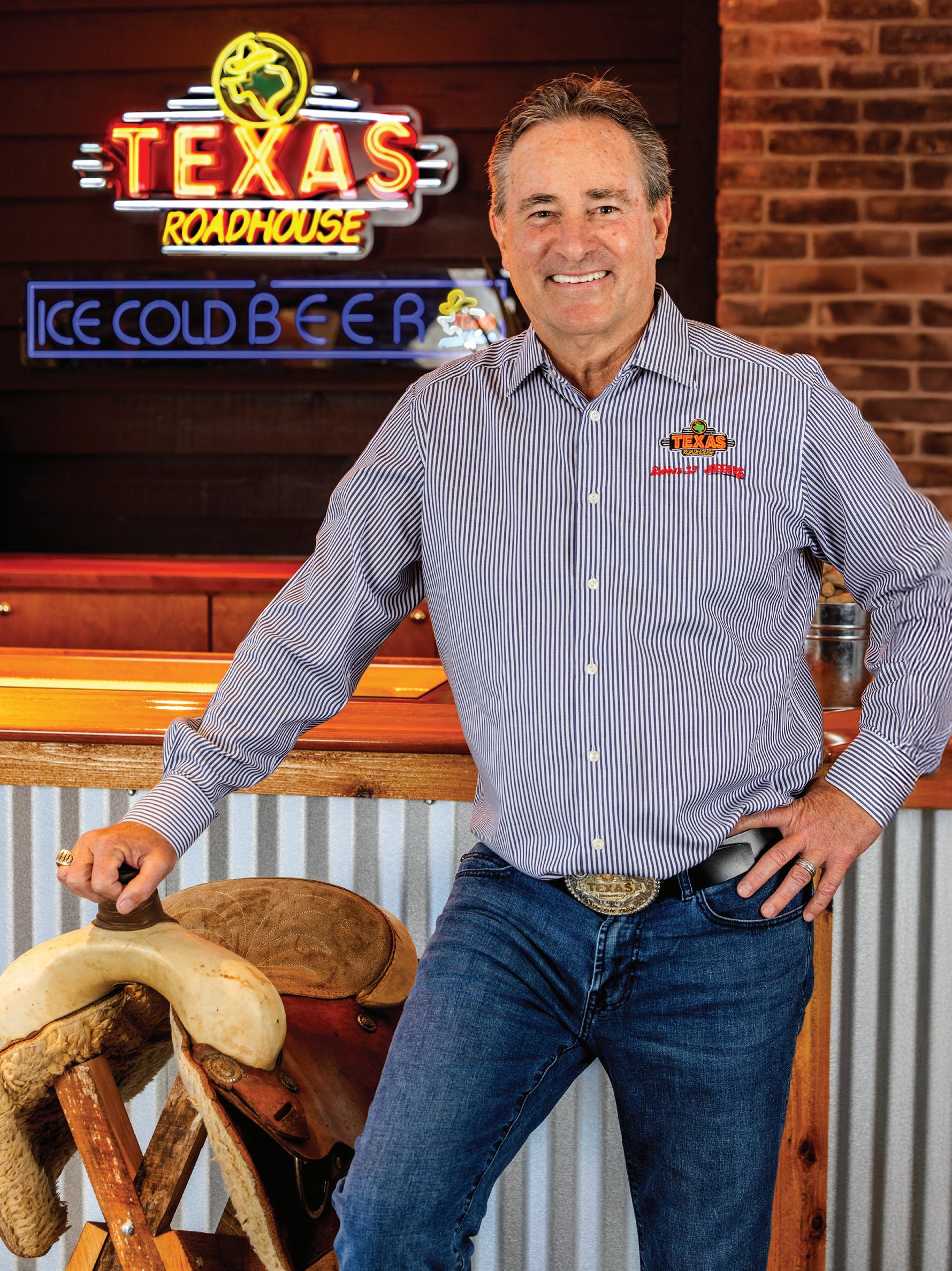
Before his passing in March 2021, when Taylor took his own life following a battle with post-COVID-19 symptoms, including severe tinnitus, he had started to read books on founders and their leadership transitions. Namely, three in particular—the stories behind Home Depot, Chick-fil-A founder Truett Cathy, and “My Father’s Business,” which gets into the change at Dollar General.
WAS
OF KENT TAYLOR’S “CRAZIES,” OR STORE LEADERS WHO BROKE CONVENTION AT TIMES TO MAKE CUSTOMERS HAPPY AND MAKE SALES HAPPEN.
Travis Doster, Texas Roadhouse’s chief communications officer, recalls Taylor one day asking him to send these books to a rising executive in Jerry Morgan, who was named president in mid-December 2020. He didn’t want Morgan to know why he was receiving them or be tipped off his boss might be paying attention.
“Because when I come to town,” Doster says of Taylor’s instructions, “I’m going to switch books with him.”
“I immediately called Jerry and told him to buy a highlighter and write in the book,” Doster adds with a laugh.
Taylor loved to jot notes in pencil and blue erasable pen on graph paper. If you’re wondering if those relic pens are still easily found, his longtime assistant, Shelly McGowen, purchased “like 10,000 of them” years ago, Doster says. Employees often bantered of Taylor’s preference, “nothing says permanent decisions like an erasable pen.”
What Taylor was hoping to uncover, though, was how Morgan would process information and how much he’d study. He had incli-

TEXAS ROADHOUSE HAS GROWN TO ~800 STORES, AND GENERATED MORE THAN $5.4 BILLION IN REVENUE IN 2024.

nations the company’s 2001 Managing Partner of the Year, who rose to regional market partner in 2015, overseeing more than 120 Texas Roadhouses in 14 states, was the right person for a weighty job—his successor.
It'll soon be coming on five years since Morgan became just that. Like others, he had a feeling Taylor was trying to telegraph the plan without fully saying it. The conversation was going on, in one respect or another, Morgan says, for a few years. He knew the store side. There was little doubt there, and Taylor understood operators were comfortable with that kind of hands-on resume.
Morgan was one of Taylor’s famed “crazies,” or store leaders who broke convention at times to make sales happen. Taylor boasted a rebellious spirit himself, going back to Bennigan’s in the 1980s and even KFC, where he used to tell stories of tweaking recipes and selling bottled water when his bosses asked him not to.
Morgan worked at Texas Roadhouse for 25 years and was known to spend hours weighing his store’s steaks and tasting each menu item. He landed in Louisville, Kentucky,
on December 17, 2020, and was announced publicly as president, donning a baseball cap and a threequarter Texas Roadhouse zip-up.
Taylor didn’t offer Morgan any timeline or assurances. He was there to learn how corporate connected with unit-level performance; to host one-on-ones, and get to know leaders through various functions.
“I knew how to make a restaurant open, operate, and close quality shifts, and to hire great people and partners,” Morgan says. “But how did the other side work? I had made numerous trips over the years, but I didn’t know how it all came together.”
The learning period lasted four months. When Taylor passed, there was a memorial service, a Founder’s Day to ideate, museum to plan, statue to erect, and other theaterof-grief tasks that have a way of pausing time. Taylor had led Texas Roadhouse for 28-and-a-half years. Morgan says many folks, himself included, saw Taylor as the Norman Brinker of our time. “The one guy who could really get a chain to be highly successful and was still leading it,” he says. “And so, we just saw Kent and revered him in that manner.”
Naturally, there was a stretch of days and weeks trying to digest events and, for Morgan, accept responsibility. On this end, Taylor made his instructions clearer than usual.
He tore out a legal sheet piece of paper and wrote, in blue ink, Jerry Morgan (ceo). Taylor, 65 years old at the time, signed and dated it 3-18-2021—the day he died at his farm outside Louisville.
McGowen had the sheet framed and, to this day, Morgan keeps it in his office as a reminder of his stewardship.
He recalls sitting in meetings during emotionally charged days and leaders asking, “is a decision made?”
“OK, well, now who’s going to present it to Kent?”
Morgan realized everyone needed time. The process at Texas Roadhouse was so ingrained that habits had to unwind. So Morgan asked Doster to help him draft a “promise letter.”
The company-wide communication was, Morgan says, him “really accepting the job” and assuming the task of leading one of the world’s most successful casual-dining chains.
“When I looked at that whole piece of it, he gave me the job, but the day I wrote the letter and made a promise to the company was when I accepted the responsibility to be their leader,” he says. “And from that moment, I just moved forward.”
Growing up in Sarasota, Florida, Morgan was a 6-foot, 145-pound tight end/defensive lineman who learned a couple of early lessons before he reached his 20s: One, he was more interested in football than anything else, and, secondly, he also needed half a foot and another 50 pounds to compete. So,
he was realistic.
One thing Morgan didn’t want to do, however, was get into restaurants or grocery stores. He felt the sectors didn’t garner the respect they deserved, and he wouldn’t, either, if he made it a career. Morgan received his first taste of retail and customer service in the garden center of now-defunct discount department store Woolco. After, he moved to Houston, Texas, to join his dad and uncle. He worked for Telesphere, a company installing longdistance dialers in hotels across America. Morgan did so for a couple of years until his uncle, a local lawyer, told him a story. He was doing legal work for an operator who owned 10 McDonald’s and “couldn’t believe how much money this guy was making.” He went and got a franchise partnership and bought two Burger Kings in Waco, Texas, and asked Morgan to come along. Morgan cleared the idea with his dad.
What he found was restaurants didn’t feel all that different from sports. He enjoyed the frenetic shifts, teamwork, and reality silver spoons aren’t handed out for free in this business. The ladder to success is accessible to anybody willing to work hard enough and grab it.
Restaurants fit the way Morgan viewed success and how he’d eventually frame his plans for Texas Roadhouse.
He talks today about “running one store, one market, one region, one company.” The philosophies don’t change all that much stop-tostop. You gather information. You make a decision. And you try to get buy-in along the way.
It’s “been a heck of a journey” honing that mindset at Texas Roadhouse.
“Our sales have been incredible. The respect that we’ve received as an organization has just been unbelievable,” Morgan says. “When people say to me Kent Taylor would be very proud of not only what I’ve
Morgan managed the first Texas Roadhouse in Texas—Grand Prairie— that opened in 1997 and historically was one of the chain’s top performers.
done, but what this company has done in the last five years, it does make it worth it to me.”
How Morgan kept Texas Roadhouse rolling and built on Taylor’s legacy unfolded quite differently in approach. That, too, is something Taylor appeared to recognize as a strength in Morgan and knew operators would respect beyond his sales record.
Morgan refers to himself not as a CEO, but as a “head coach.” He sees his job as ensuring the layers of Texas Roadhouse function at a high level through collaboration and communication.
Taylor, in his way, never specifically told Morgan why he thought he had the makeup to be his successor. He did share with Morgan he was a likeable leader and someone who worked well with others. Taylor, on the other hand, was an enigmatic, introverted CEO who kept colleagues on their toes. He was brilliant and steadfast, and always consumer and operator centric. Taylor would wait in line to eat at Texas Roadhouse and drove Chevy Suburbans stuffed with clutter, from architectural plans to a Santa suit.
But he admittedly had to develop a persona, “Bubba,” to play a certain character when it came to front-facing duties. He’d wear costumes, wigs, cowboy hats—all to put on a mask and do the things he was least comfortable doing.
Morgan says pundits and fans liked to say, “Kent Taylor is Texas Roadhouse.” Yet if you asked Taylor, he’d tell you it was about partners and “the Roadie nation,” a term the company uses to describe fanatics.
Morgan himself was a “Roadie” and somebody who could bridge the external and operational corners of running the company. He was respected because he got results, but also outward and more of a people-person than Taylor, who enjoyed yearly three-month skiing trips and was often on the road, growing the company and making deals.
Morgan managed the first Texas Roadhouse in Texas—Grand Prairie—that opened in 1997 and historically was one of the chain’s top performers. Morgan was recruited by Steve Ortiz, who knew Taylor from Bennigan’s and later rose to COO. Morgan asked Ortiz if Taylor was, indeed, someone you wanted to get into business with. Ortiz didn’t hesitate, and this path began.
“At each level, the results that you get create respect,” Morgan says. “And then, what do you do with that respect? Do you get arrogant, or do you get humble and go back to work?”
Taylor had begun to observe a sturdiness in Morgan and, sort of, trickled out hints. The day Ortiz retired, Taylor called Morgan and informed him there was a name and envelope in his desk. He told him, “The name changed that day.” Taylor didn’t say it was now “Jerry Morgan;” he just let him know it could be. About eight years later when then-president Scott Colosi retired, Morgan received another call.
“And he said, ‘the name in that desk is different.’ So, he was telling me that maybe he saw me as that kind of leader,” Morgan says. “And I responded, ‘that’s really cool. Thank you, sir. I appreciate it. And I’m going to go back to work.’”
In the months ahead, Taylor rang
THE SECRET TO TEXAS ROADHOUSE’S SUCCESS? IT STAYS TRUE TO ITS PRINCIPLES: “LEGENDARY FOOD AND LEGENDARY SERVICE,” AND COMPOUNDS THOSE HALLMARKS WITH RUNNING GREAT RESTAURANTS.

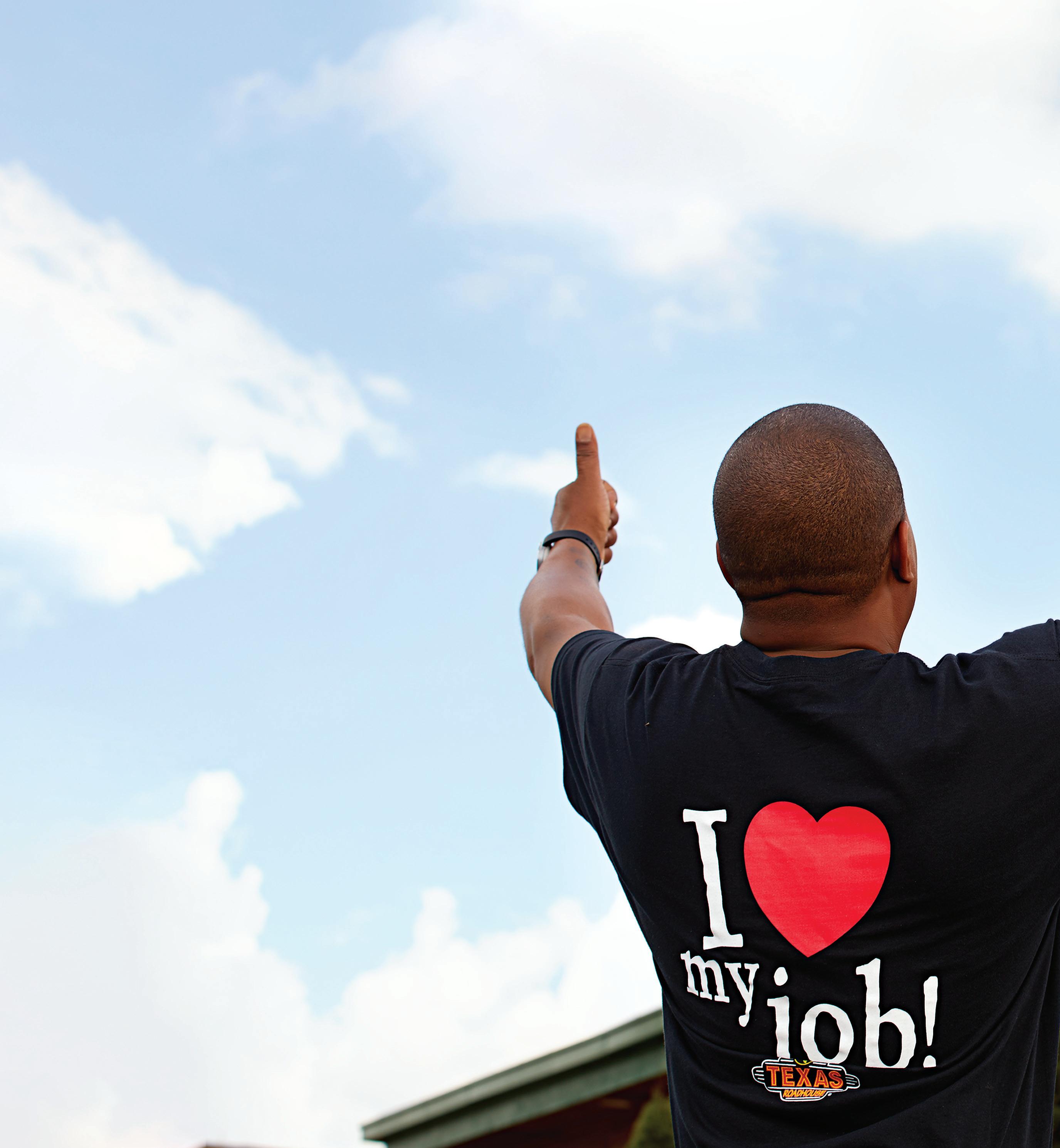
“every single person in the company” and asked them what it was like working for Morgan. He’d pose another question—“give me three names who should replace me.” Once more, Taylor never shared with anybody what he heard back. “At one point, he did say, it was a pretty obvious choice,” Morgan says.
For the reticent Taylor, it was a resounding endorsement.
Morgan has adjusted over the years from accepting Taylor’s torch to carrying it to understanding how he might do so in his own style.
It comes back to Morgan’s “coaching mentality.” He made sure he understood people’s jobs, whether it was training, marketing, or legal. Morgan says his position has always been about trusting and inspiring people and holding them accountable. The latter is a place, he notes, where high-leadership executives often struggle. It’s the difference between executing in the trenches and holding others to that standard.
Firstly, though, not a morning arrives where Morgan doesn’t consider the mission, values, and purpose of Texas Roadhouse. Everything the company does today builds on what Taylor worked to nurture. Morgan seeks out leaders who are in it for Texas Roadhouse.
His first assessment came with certified counselor G. Dan Lumpkin. The coaching expert provided a predictive index with a 17-page report. Morgan had to answer 2,000 questions and Lumpkin evaluated his results against other CEOs.
It claimed Morgan was “bold, aggressive, and decisive.”
“I said, I’m good with that,” Morgan says.
“The bottom line is, Kent always told me, you’re never going to make everybody happy. Make the decision and move forward. And if it’s wrong, change it,” Morgan adds.
Texas Roadhouse lives through a “MVP” lens: “Mission. Values. Purpose.”
Morgan, illustrating how the operator gene never quite leaves you, says the company owes its employees a quality shift, every day. It owes guests top-end experience and value they can trust. And it owes shareholders the ability to run a solid business.
On that final point, Morgan took over a chain that took its pandemic lumps and came out firing.
In the week ending March 3, Texas Roadhouse units averaged weekly sales of $118,512. Of that, only $9,115 came outside the four walls. By March 24, those numbers were $29,432 and $25,938, respectively. And then, Texas Roadhouse figured things out, leveraging ideas
“When you look at it, you ask, are you making a decision that’s great for your employees? Are you making a decision that’s great for your guests? Or are you making a decision that’s great for the organization? If you can get all three of those boxes checked, then you’re in great shape.”
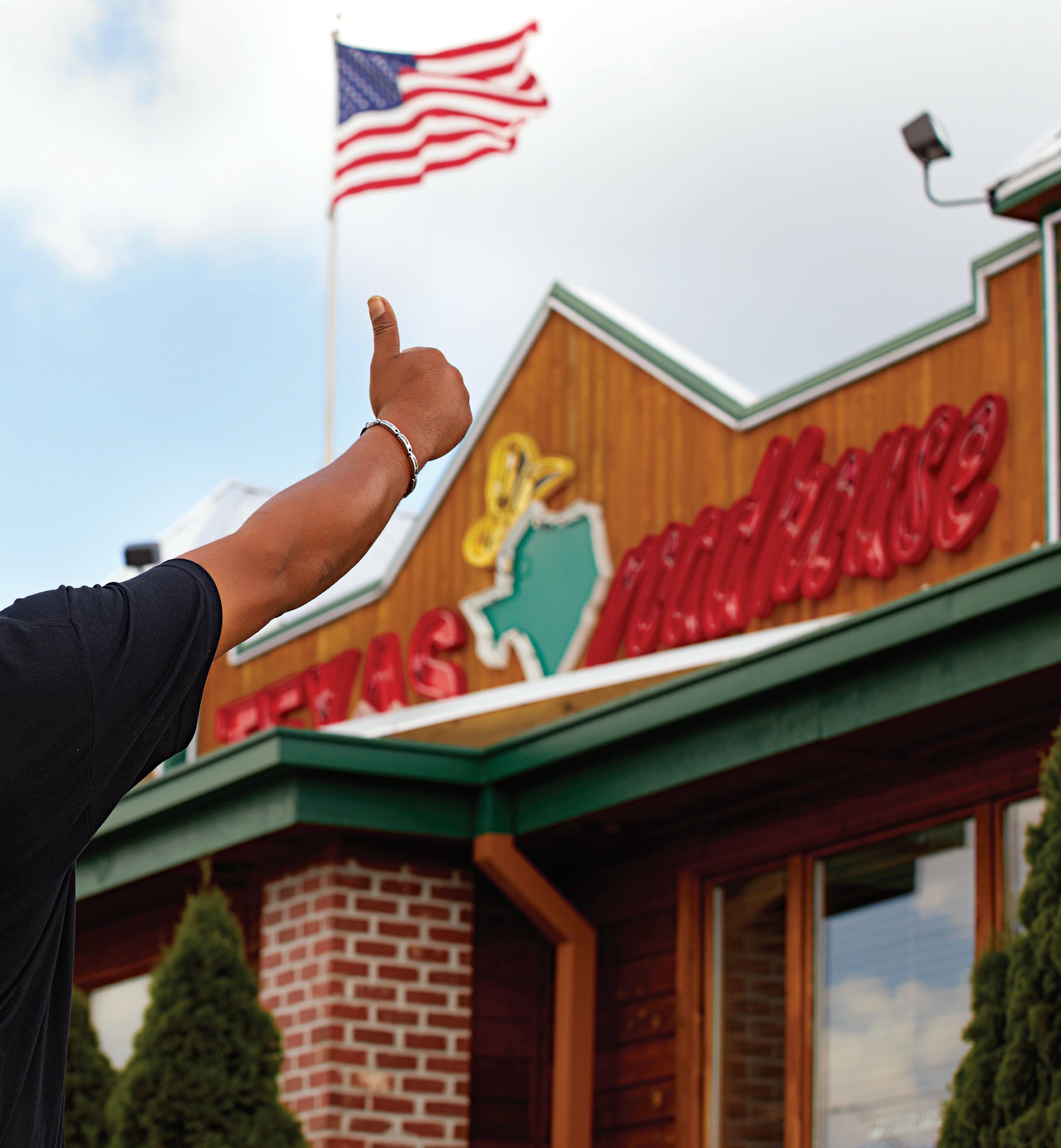
KENT TAYLOR IMPLEMENTED THE INFAMOUS MANAGING PARTNER MODEL BECAUSE HE THOUGHT OPERATORS WOULD COMPETE FOR SUCCESS AND HOLD TO HIS IDEALS. THEY SPEND $25,000, SIGN A MULTIYEAR CONTRACT, AND GET 10 PERCENT OF THE STORE’S BOTTOM LINE IN ADDITION TO THEIR SALARY. THEY HELP WITH PRICING DECISIONS, MARKET OBSERVATIONS, AND, AS NOWCEO JERRY MORGAN PROVED, HELP BUILD THE PIPELINE FROM THE INSIDE OUT, WITH LEADERS WHO BREATHE TEXAS ROADHOUSE’S ETHOS.
of managing partners and serving a grateful customer.
Within a week, Texas Roadhouse jolted to-go sales to $41,892, a number that would rise into the high $50,000, low $60,000 range by late April.
In Q2 of 2025, as things have settled and continued to widen, Texas Roadhouse posted same-store sales of 5.8 percent for a two-year stack of 15.1 percent during a time when many restaurant peers are scratching to stay above the line. Average weekly sales were $167,350, of which $22,243 stemmed from to-go sales.
Morgan in October 2024 rang the closing bell to mark the brand’s 20th anniversary as a publicly traded company. It was a reflective moment remembering when Taylor and the chain’s mascot, Andy the Armadillo, opened the Nasdaq Stock Exchange on October 5, 2004. Texas Roadhouse had roughly 174 stores and 10,000 employees.
When Morgan got up there, the company had swelled to nearly 775 stores (there were 797 this past quarter) and 100,000 work ers spread across three concepts— fast casual Jaggers and burger and pizza brand Bubba’s 33 included. It generated more than $5.373 billion in revenue in 2024, up 16 percent, year-over-year.
And regarding its stock, Texas Roadhouse traded for $11.50 on October 8 of that opening run. More recently, it was at $173 in midOctober 2025.
The company was a $2 billion enterprise in 2017, doubled to $4.014 billion over the next five years, and is well on its way to $8 billion over the next decade, as Morgan outlined last year.
All that success, he adds, has led to a lot of back-patting for Texas Roadhouse. Among his duties, he considers ensuring the brand never gets comfortable a key one.
Morgan believes Texas Road
house will avoid complacency as long as it remains committed to a larger vision. He’s regularly faced with decisions that affect 100,000 employees or 250 million guests. “When you look at it, you ask, are you making a decision that’s great for your employees? Are you making a decision that’s great for your guests? Or are you making a decision that’s great for the organization? If you can get all three of those boxes checked, then you’re in great shape,” Morgan says.
It’s likely Taylor saw in Morgan somebody who would never let the brand drift. One thing about Texas Roadhouse is it hasn’t suffered for identity, no matter what’s going on macro-wise. Taylor liked to rail against norms on earnings calls and answer complicated investor questions with short and direct quips.
chains serve guests cold steaks.
Morgan, of course, lived this mantra each shift as an operator. The music is loud. There’s energy in restaurants. Morgan says the No. 1 thing guests tell Texas Roadhouse is to turn the volume down. But those who intimately know the brand also understand it’s a nonnegotiable and a reason the whole thing works. Being able to separate the vocal minority from what matters is something that takes a Texas Roadhouse lifer to grasp.
Or, in Morgan’s words, “we have to believe that’s something that’s really important to our business.”
The same is true of free peanuts and the basket of bread and cinnamon butter. Morgan remarks, even before steak, customers talk about those two traits. Everywhere he goes, he says, on a plane, for instance, if Morgan is wearing a Texas Roadhouse logo somebody will tell him to bring the rolls before he gets onboard.
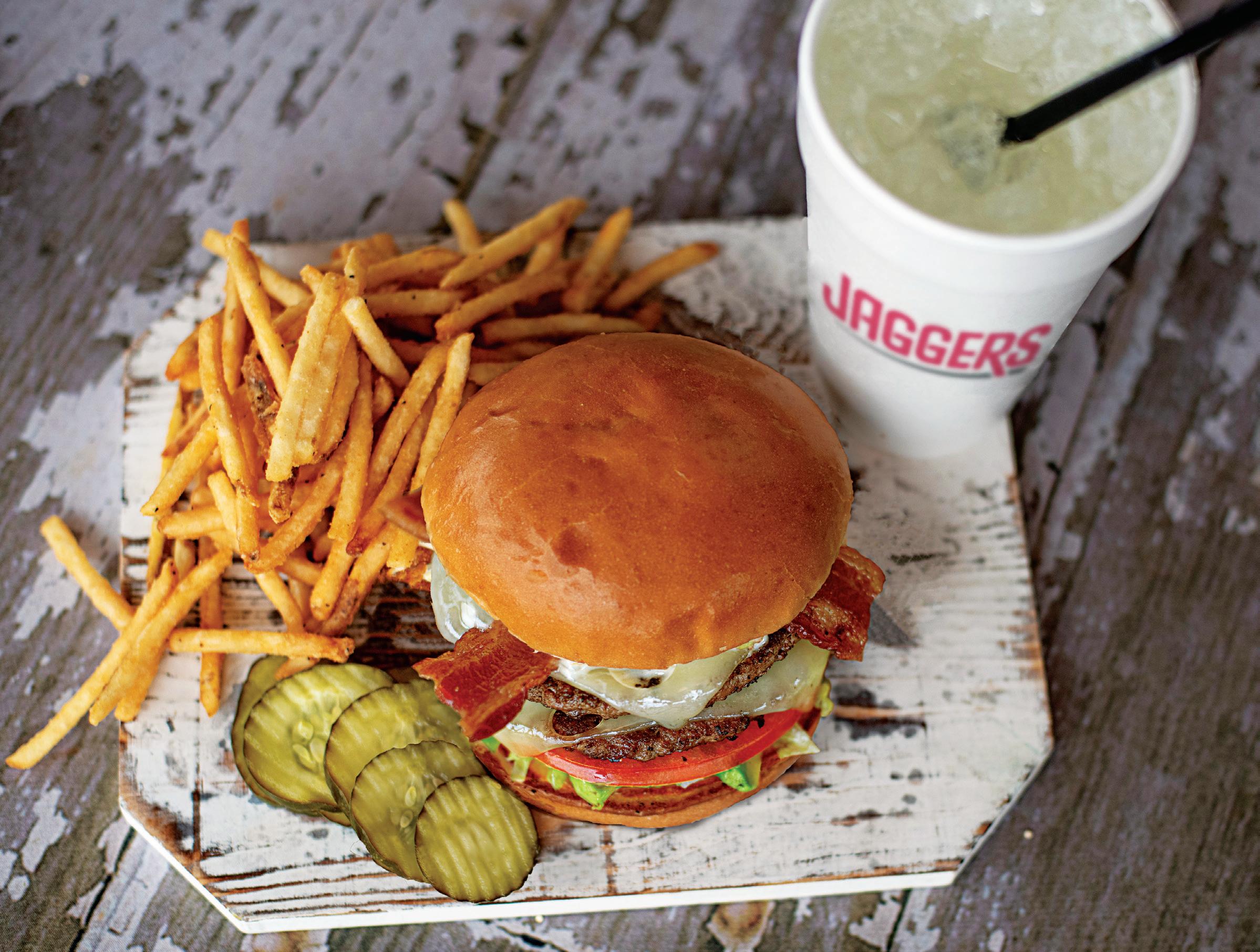
principles—“Legendary Food and Legendary Service” —and compounds those hallmarks with running great restaurants. The managing partner model was one Taylor implemented because he thought operators would compete for success and hold to his ideals (he also needed the financial uplift). Oper-
ators spend $25,000—the first forked up $30,000—sign a multiyear contract, and get 10 percent of the store’s bottom line in addition to their salary.
These partners provide the foundation for Texas Roadhouse. Morgan and management conduct a fall tour to tap their ingenuity and



check in. They help with pricing decisions, market observations, and, as Morgan proved, help build the pipeline from the inside out, with leaders who breathe Texas Roadhouse’s ethos. Doster says Morgan has a superpower for “listening to learn, not listening to respond.”
Operators have an hour to ask any question they want. “I just don’t think you can underestimate the power of that partnership with our operators,” Doster says.
Morgan says he’s proud of how the company and organization came together following Taylor’s passing and what’s unfurled since. “When you go through a tragic loss, you can either heal as a company or you can break apart,” he says. “You can start pointing fingers at each
other. For us to all come together and heal and continue to focus on providing Legendary Food and Legendary Service, running great restaurants, and living our mission and our values and our purpose, and growing as a company, it’s meant everything.”
The first thing Texas Roadhouse did when it started to climb out of the pandemic was get staffed. It spent time investing in headcount, store wise and management, and Morgan feels it’s paid dividends as sales slope upward.
Texas Roadhouse has steadied the rampant turnover of postCOVID life and produced churn rates, Morgan says, at industry lows. That’s leading to more productive employees who, when they stay, signal they’re making money and having fun, he explains.
Guests in turn receive the experience and consistency expected of Texas Roadhouse. Even as prices hiked industry-wide, the brand never skimped on portions or service. “If I’m charging you more, wouldn’t you expect a little bit better food or better service?” Morgan says.
“We’ve never changed any of our recipes. We’re just trying to continue to deliver a great experience at a value price,” he adds. “You can spend a lot of money at Texas Roadhouse. But there’s also a value portion of the menu that’s always been there that I think protects us. We want to be very careful about that.”
Plainly, through all the industry’s value turmoil, Texas Roadhouse’s top-line growth confirms to Morgan people view the brand as a “good deal.” And that boils down to the aforementioned levers of trust, service, consistency, and never losing sight of what customers need— answers that come from managing
partners making decisions on the ground level.
Along these lines, however, Morgan says, Texas Roadhouse wants to talk about staying true to itself while also evolving. Even going back a decade, the chain was considering pay-at-the-table, for example. It eventually tried to let diners use phones or Apple Pay, etc., yet it never took hold.
Then, in 2022, the company partnered with Ziosk on “Roadhouse Pay” tablets that allow customers to check out when they’re ready. Immediately, Morgan says, Texas Roadhouse saw an 80 percent response. Nearly 90 percent of guests use them today. Customers can’t reorder apps or drinks—it’s strictly a convenience play so people can pay on their own terms.
The industry in those days was sorting through a torrent of postCOVID technology. Brands hurried to open access and had begun to try and decode the options. A side effect was employees and leaders gained exposure.
Morgan says Texas Roadhouse started to have people come over from other chains who had used a lot of the options at hand. One was digital kitchen technology, or KDS. The company tried it first at Jaggers and Bubba’s. Texas Roadhouse was a more difficult concept because it was so oriented, Morgan says, onto tickets and the old style. And it was successful doing so.
“But we also knew we had to try to evolve,” he says.
Texas Roadhouse customized an option and put it in a restaurant. It was a success. The next 10 worked as well. And soon, the word got out and operators wanted in. So, the company laid out a three-year plan to update every restaurant, which should happen by year’s end.
While still relatively early, Morgan said learnings stem from being more organized. The kitchen is calmer since cooks don’t have to
“But to me, it’s always been about how do we create an environment where our employees love to work? That is what defines you as a leader.”
hear paper being pulled and see tickets everywhere. The bump screen allows them to focus on orders in front of them versus watching the rail of dozens of tickets stack up, which can be intimidating at times.
“It’s been a huge win for us,” Morgan says.
Texas Roadhouse has gotten better at takeout (still no delivery). It’s installed bump outs where sensible and improved its approach. It’s also worked on the mobile app and integrated a waitlist where customers can put their name down. That, Morgan says, has been a game-changer.
The brand has begun to consider handheld tablet ordering versus a server running over to a point-ofsale as well.
But overall, Texas Roadhouse wants technology to complement experience and help it become more efficient. It won’t replace or change the company’s DNA, Morgan says.
And that brings him back to what’s still to come. There’s growth on several fronts going into 2026, whether it’s the core Texas Roadhouse brand, Jaggers, or Bubba’s 33—the latter of which has 200store ambitions (there were 53 in Q2). Jaggers touted 15 units and is ramping up franchising. It’s a fast casual, employees like to picture, created from Taylor driving one
day with his grandchildren and getting annoyed they wanted to eat different things. The result being a mashup of burgers, chicken, salads, shakes, and more. A Jaggers in Lexington, Kentucky, earlier this year marked the 800th systemwide opening for the company.
As Texas Roadhouse debuts stores, across the portfolio, Morgan says he won’t lose sight of the soul the brand was founded on. Restaurants get to teach people soft skills and show them how to lead in ways other sectors simply cannot, he notes. Plus, you get to run a business and control your destiny, just as Taylor did. “And I think that’s the part when you think about this generation that’s coming up that’s very entrepreneurial driven, our company is built off that entrepreneurial spirit,” Morgan says. “You get to be an owner-operator, but you have responsibilities to the company. But to me, it’s always been about how do we create an environment where our employees love to work? That is what defines you as a leader.”
So what kind of leader has Morgan grown into, five years in?
Doster says Taylor was not a “rahrah” guy or someone who was overly approachable. He was quiet and earned respect through vision and action. Morgan does that, too, but he has a knack for bringing folks together.
He sits in the café and dines with employees. And one of the first things Morgan did was start a softball team. “Imagine another company right now where you just started at Roadhouse and you may work in IT or you work in purchasing, and you’re on the team with the CEO,” Doster says.
Morgan chimes in Texas Roadhouse collected back-to-back softball titles, including an undefeated season, over the past four years.
“I’m a part of Roadie Nation, too,” Morgan says. “And I’ve got a job to do.”
SATYNE DONER
From systems to storytelling, meet the leaders redefining what modern hospitality feels like at Your 3rd Spot.
BEFORE ERIN CALLAHAN EARNED the official title of “Vice President of Getting Sh*t Done” at Your 3rd Spot, she was simply getting it done as a server at a small mom-and-pop restaurant in Atlanta. Over the next two decades, she worked her way up through the ranks alongside Josh Rossmeisl, who would eventually co-found AMP Up1 Hospitality Management—the mastermind behind Your 3rd Spot Social Dining (Y3S) and The Looking Glass, an innovative “Eatertainment 2.0” destination that marries social gaming, tapas-style dining, and creative craft beverages.
When the call came to help build Y3S from the ground up—developing its technology stack and setting the foundation for growth—it was the easiest yes Callahan had ever given. With Rossmeisl laying out the vision, Callahan became the executor, earning her that unorthodox title. “[Rossmeisl] is not afraid to disrupt things, and my job is to take those crazy ideas and build systems to bring them to life,” Callahan says. “Being part of Your 3rd Spot means you can join a team that pushes you to evolve. You can jump into projects and set the groundwork for the bigger picture—and sometimes that means inventing your own position and being given a fun one.”
Since Your 3rd Spot’s opening day in

2022, Callahan has created processes and systems that remove roadblocks for the team—pressure-testing and strategizing to ensure that a chef-driven menu and craft cocktails can be executed flawlessly at scale. That includes everything from designing the perfect bar and kitchen layout to balancing the flow of a 27,000-square-foot eatertainment venue. There was no playbook for a concept like this—so Callahan wrote it.
“You have to create room for both creativity and execution, and when you’re building systems from scratch, you need to leave room for innovation and evolution,” she says. “I’m also very focused on passing what I do down to the team around me to ensure the sustainable growth of this concept for years to come.”
If Callahan built the backbone of Y3S,
Amanda Murray shaped its heartbeat. As vice president of experience design, she has crafted the sensory and emotional layers that define the guest journey— from the first click on a reservation to the final game of the night.
Murray started as a freelance graphic designer for Rossmeisl and his co-founder, Doug Warner. Like Callahan, she’s played a pivotal role since the very beginning, creating experiences that help people disconnect from their day-to-day routines and reconnect with each other. For example, if an experience leader (host) notices it’s a guest’s first date, they’ll give them a sticker that alerts the rest of the team. The connector (server) then brings out a game to act as an icebreaker.
“This is not your typical restaurant night out. We’ve designed an experience





that sticks with you—one that slows down time,” Murray says. “Our whole team is invested in the guest’s experience and curates it, whether it’s a birthday or a first date. It’s a small detail a guest may not notice at first, but it can shape how the night unfolds.”
Murray approaches Your 3rd Spot’s experience and design like a puzzle— putting the right pieces together while giving herself the space to explore. “The brand we’ve built is always going to be hospitality-forward, bringing joy to people’s lives, and being part of the team that does that is really special to me,” she says. “No matter where we grow next, we’re never going to be a copy-and-paste brand. From the design to the branding to the experience, we’ll never stop trying to keep the magic alive.”
If Callahan drives innovation and Murray designs how it feels, Porsche Yates ensures it lasts. As director of team support, Yates has always seen herself as a teacher. From her days creating training manuals at Kings Dining & Entertainment with Rossmeisl and Warner to stepping into Y3S as the restaurant’s official mentor and trainer, Yates now supports every department through carefully designed systems.
“People get discouraged because they don’t have support,” Yates says. “The team needs their voices to be heard, they need to have the right tools, and they need to relate what they learn to real-life situations. Hospitality is all voice, and you can’t learn that strictly from a manual. I want our team to feel empowered. I want to find the hidden talents and upand-coming leaders within our restaurants so we can celebrate them.”
One such leader is Haley Ellington, whose first foray into hospitality was as an amplifier (food runner) at Y3S. Coming from retail, she initially found it challenging to be herself and freely interact with guests—but she thrived in what she calls a “foundational” role. From there, under the leadership of people like Yates, she rose to the position of people and culture manager, playing a pivotal role in the LEADs program, which helps team members grow pro -
fessionally through mentorship.
“I’ve had an infinite number of mentors here who have pushed me to be more confident in my leadership skills,” Ellington says. “The LEADs program is a chance for our team members to step fully into their leadership roles, and I’m proud to have come up through it. Our team is 100 percent grown from within, and it keeps our culture strong because we all understand what it’s like to be an amplifier, a connector, an experience leader. We’ve all walked in each other’s shoes.”
Spearheading Your 3rd Spot’s culture with boots firmly on the ground is Michaela “Mich” Finlayson, general manager. After a referral landed her a job as an amplifier, she quickly rose through the ranks to become general manager, cultivating her leadership style along the way. “On one end, you want to be relatable to your team and vulnerable enough, but you also have to uphold a certain standard and hold people accountable to their role, making sure it follows through to the guest experience,” Finlayson says. “I’ve had to learn to step back and look at the bigger picture instead of getting caught up in the day-to-day.”
Part of that growth has come from listening to her team, learning how she can better support them, and helping them step into leadership roles of their own. She emphasizes how Your 3rd Spot makes it easy to stay connected with the team, planting the seeds for the next generation of leaders.
“When we become known by the impact we have on other people— whether it’s an employee or a guest— I have to pinch myself,” Finlayson says.
“Everything is very transactional nowadays. Here, we’re able to bridge the gap between genuine hospitality and top-notch service,” she says, adding, “Everything is in unison, and anyone who touches this concept feels seen and heard. It’s a beautiful thing.”
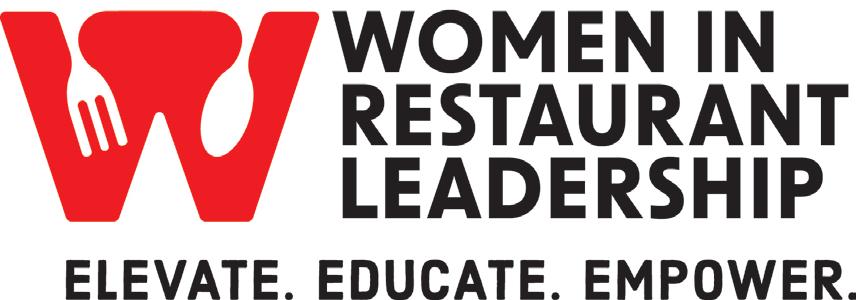
Here’s how Metro Diner has scaled its American comfort food to nearly 70 locations while keeping its cozy vibes and small-town spirit intact.
METRO DINER is the kind of restaurant that created its own unofficial “national holiday” in 2018 to honor one of its cult-favorite menu items; They celebrate National Chicken & Waffle Day on August 8 each year with discounts, prizes, and social media giveaways.
“Many guests have never had this sweet-meets-savory southern dish before coming to Metro Diner, but it often becomes their reason to visit again and again,” says Stanley Goodman, president and COO of the nearly 70-unit concept.
With over 718,000 dishes sold annually, the fan-favorite dish has become a defining characteristic of Metro Diner among its guests, with the holiday following suit as a mainstay on the national food calendar receiving industrywide recognition. Guests receive half a fried chicken and a Belgian waffle, topped with powdered sugar and sweet strawberry butter, and served with the brand’s signature sweet and spicy sauce.
But at its core, Metro Diner is a simple, All-American diner offering classic, often nostalgic dishes all day, every day, “and that will never change,” Goodman says. It blends the comforting flavors of country cooking with approachable modern touches; Think towering “uber-
ESTABLISHED: 1992
COFOUNDERS: Mark Davoli, John Davoli Sr., & John Davoli Jr. HQ: Tampa, FL

CATEGORY: Comfort Food
UNITS: 67
customizable” breakfast platters, mile-high sandwiches,
and hearty dishes like the Charleston Shrimp & Grits, a popular brunch order featuring grits infused with cheese, roasted red peppers, and andouille sausage, and topped with shrimp, sausage, onions, and peppers in a shrimp sauce.
The rising chain’s all-day menu is rooted in tried-and-true comfort food dishes and “will remain there, even as we develop new dishes,” Goodman says— which is notable amid a broader discussion in the casual dining world about the importance of legacy brands knowing their core identities and staying true to what made loyal fans love them.
When it comes to any new menu inno-
vation, Goodman says his team looks to their team members and guests for feedback and ideas, “while sticking to the approachable ingredients and delicious offerings that bring a sense of nostalgia to those who grew up on country cooking.”
Metro Diner was founded in 1992 by the Davoli family in Jacksonville, Florida, and with the help of Master Chef Mark Davoli and his family, Metro Diner continued to grow and even earned a spot on Guy Fieri’s “Diners, Drive-Ins, and Dives.”
“How standout is our menu? Enough to make Guy Fieri exclaim, ‘Diners across the world have to take a lesson from this one’ after trying our meatloaf during his visit for an episode of “Diners, Drive-ins and Dives,” the company’s website says.
The concept has expanded to 12 states including Alabama, Delaware, Florida,
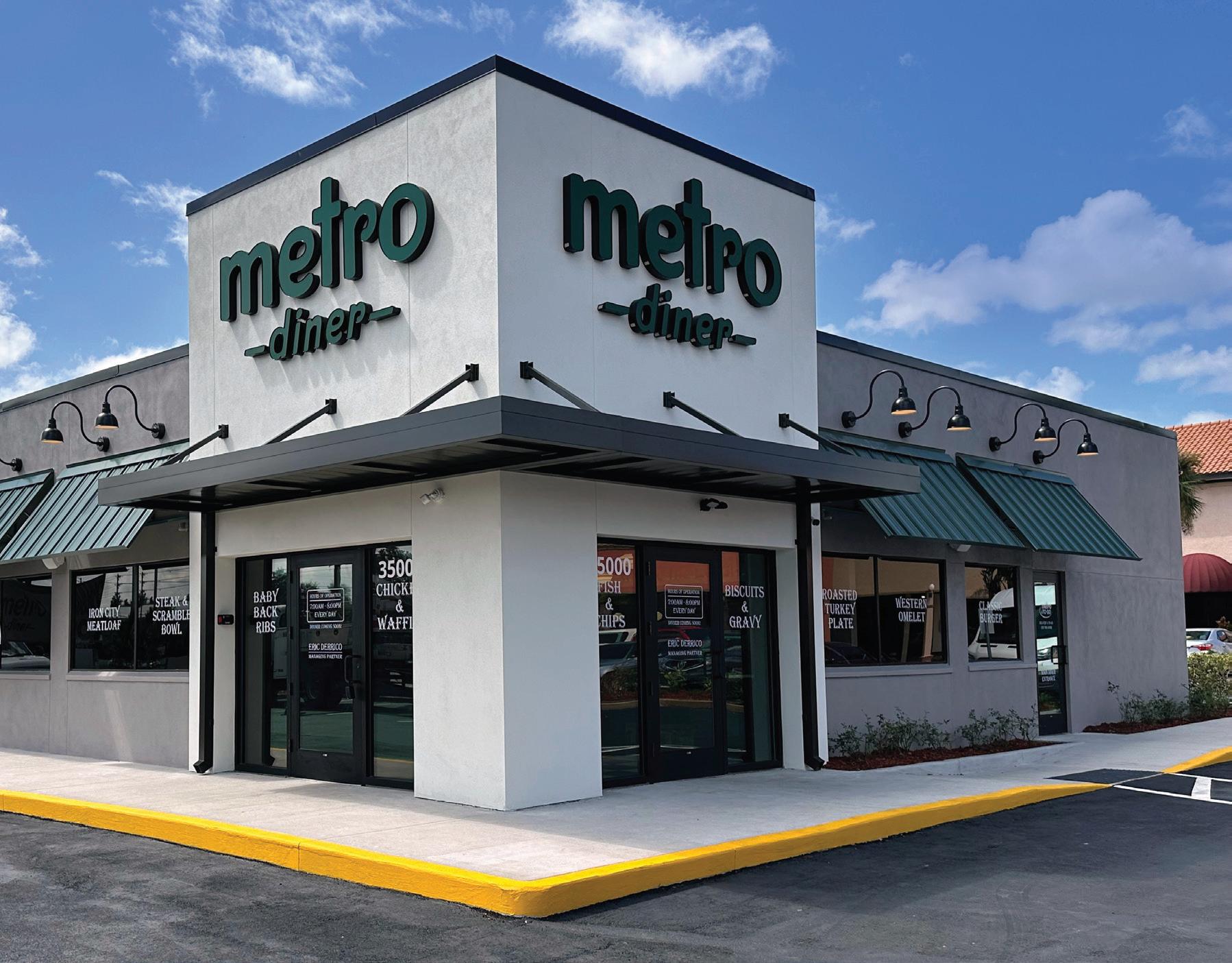
Georgia, Indiana, Kentucky, North Carolina, Oklahoma, Pennsylvania, South Carolina, Tennessee, and Virginia. Despite its rapid growth, Metro Diner has stayed rooted in its “why”: community.
“We do our best to introduce the original neighborhood diner vibe into every market we enter: a cozy diner atmosphere, engaged team members, kid-friendly menus, familiar dishes at a great value,” says Goodman, who came on board in December 2018 as COO.
Goodman previously worked with the founders of ConSul Partners—the group that exercised its option to purchase 100 percent of Metro Diner’s intellectual property in late 2015. That group included Chris Sullivan, one of Outback’s founders, Hugh Connerty, the iconic steakhouse’s first franchise partner, and Carl Sahlsten, the former president of Carrabba’s Italian Grill who currently serves as CEO of Metro Diner.
The leadership team is careful when considering new growth, making sure to protect the ethos of the original Metro Diner: warm vibes, all-day comfort food, and hometown hospitality. At the same time, Goodman says they’re focused on building the right systems and people to carry on the culture and mission to leave a lasting legacy.
Operationally, the brand makes sure
METRO DINER CREATED ITS OWN UNOFFICIAL “NATIONAL CHICKEN & WAFFLE DAY,” CELEBRATED EVERY AUGUST 8, TO HONOR THE BRAND’S SIGNATURE MENU ITEM. THE DISH IS SOLD OVER 718,000 TIMES ANNUALLY.

‘simply delicious.’ We offer service that often exceeds our guests’ expectations and makes them feel like they’re friends in our home.”

their team consists of individuals from within the community who are passionate about people and quality. “It’s important that the human moments in each of our locations are genuine as we build real, lasting relationships with our guests,” Goodman highlights. “No matter which location someone visits, we do our best to ensure they get a sense of our commitment to warm, hometown hospitality, and serious diner food.”
That emphasis on hiring the right people begins when the team first starts considering new locations, Goodman says, because the store operator “sets the tone and a strong foundation for the team.”
“Strong local leadership and community-centric operational teams give each new diner the backbone to deliver the experience guests expect from their local diner, allowing us to expand without losing that neighborhood feel that guests know and love,” Goodman says.
He also believes that sustainable growth is more than just opening more locations. “We mindfully select areas where we’re confident we can have the right people in place to deliver on our promise to serve quality of food that’s
That human-centered approach extends to how the brand enters new neighborhoods. Locations are often planted in communities already familiar with Metro Diner’s “serious diner food,” giving each new restaurant a builtin base of fans who crave the brand’s homestyle fare. “Growth is stronger when the diner feels like it’s always been there; our location model expands the footprint while retaining that local, familytable identity,” he says.
Community involvement, Goodman adds, is non-negotiable. “Each diner actively contributes to the quality of life in the communities we are a part of,” he says.
As Metro Diner continues to bring its cozy small-town vibes and Fried Chicken & Waffle Day to more people across the U.S., Goodman insists its soul remains the same. “The future blends timeless comfort with modern convenience: the hospitality of a classic diner, delivered through spaces and systems built for dine-in, pickup, and delivery with equal care.”
He continues. “We’ll continue to grow thoughtfully, prioritizing execution and community connection over sheer unit count. Ultimately, the future of the American diner looks very similar to how it has looked for generations— it’s about dependable quality food at a good value, a welcoming atmosphere and taking care of our people and our guests day-in-and day out.”
Columbus Vegetable Oils
847-257-8920 www.Cvoils.com
Culligan Quench
844-328-1213
Culliganquench.com/FSR
Delorio Foods
315-732-7612 www.deiorios.com
Epiq
888-655-3176 www.DiscoverMerchantSettlement.com
Ghirardelli inside front cover 888-402-6262 www.ghirardelli.com/professional
NorthAmerican Bancard
866-481-4604 www.NYNAB.com
North Country Smokehouse
NCSmokehouse.com
Progressive Commercial
888-806-9598 www.progressivecommercial.com
Ruggiero Seafood 9 800-543-2110 www.Ruggieroseafood.com
Text .Food
888-601-3344 www.text.food
VITO Fryfilter
847-859-0398 www.vitofryfilter.com
Eugene Drezner, VP, BUSINESS DEVELOPMENT edrezner@wtwhmedia.com | (919) 945-0705
Amber Dobsovic, NATIONAL SALES DIRECTOR adobsovic@wtwhmedia.com | (757) 637-8673
Edward Richards, NATIONAL SALES DIRECTOR erichards@wtwhmedia.com | (216) 956-6636
Tom Boyles, NATIONAL SALES MANAGER tboyles@wtwhmedia.com | (662) 607-5249
If you accepted or processed Discover credit cards between 2007–2023, you could be eligible to get a payment from a class action settlement.
**YOU MAY BE ENTITLED TO A SETTLEMENT PAYMENT**
To receive a payment, file a claim by May 18, 2026. WHAT IS THIS ABOUT?
A proposed class action settlement has been reached in three related lawsuits. The lawsuits allege that, beginning in 2007, Discover misclassified certain Discover-issued consumer credit cards as commercial credit cards, which in turn caused merchants and others to incur excessive interchange fees. The misclassification did not impact cardholders. Discover denies the claims in the lawsuits, and the Court has not decided who is right or wrong. Instead, the proposed settlement, if approved, will resolve the lawsuits and provide benefits to Settlement Class Members.
The Settlement Class includes all End Merchants, Merchant Acquirers, and Payment Intermediaries involved in processing or accepting a Misclassified Card Transaction during the period from January 1, 2007 through December 31, 2023. To view the full Settlement Class definition, including defined terms and excluded entities, go to www.DiscoverMerchantSettlement.com.
To receive a settlement payment, with very limited exceptions, you will need to file a claim by May 18, 2026 and/or provide additional information to the Settlement Administrator. Under the proposed settlement, Discover will make payments to eligible Settlement Class Members who submit valid claims. Discover has agreed to pay between $540 million and $1.225 billion plus interest in connection with this settlement. Your settlement payment amount will be calculated based on a variety of factors.
You can file a claim for a payment by May 18, 2026 and/or provide additional information. Alternatively, you can exclude yourself from the settlement by opting out, in which case you will receive no payment under this settlement and retain any right you may have to sue Discover about the claims in these lawsuits or related to the Misclassified Card Transactions. If you do not exclude yourself, and the Court approves the settlement, you will be bound by the Court’s orders and judgments and will release any claims against Discover in these lawsuits or related to the Misclassified Card Transactions. If you do not exclude yourself, you can object to or comment on any part of the settlement. The deadline to either exclude yourself or object to the settlement is March 25, 2026. Visit the website for information on how to exercise these options.
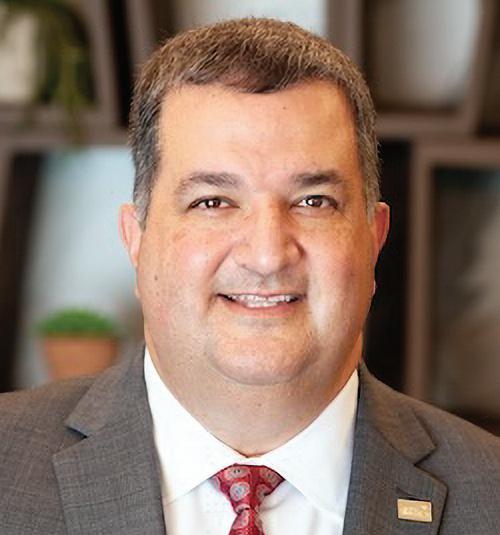
ROLE: CEO
BRAND: Golden Corral
LOCATIONS: 350+
FOUNDED: 1973
HQ: Raleigh, NC
From navigating a pandemic that nearly upended the buffet category to tripling off-premises sales and rolling out a more accessible format, Golden Corral CEO Lance Trenary has spearheaded initiatives that are both adaptive and intentional. Now, with record-high AUVs and a new prototype in development, he’s doubling down on guest-centricity to future-proof the franchise. In this exclusive interview with FSR, Trenary shares his playbook on failing fast, embracing technology, and leading Golden Corral into its new era.
BY CALLIE EVERGREEN



How has Golden Corral changed over the years, especially with tech?
I think it’s accelerated at a pace we’ve never seen before, especially the last five years. I think the industry is changing faster than what I’ve seen in my 52 years of working in this industry. Historically, Golden Corral had not embraced technology. We’ve changed our perspective, and now we’re going through a technology roadmap that will put us at the forefront of the industry. We started with new POS and back office systems at the restaurant level. Now we’re in the middle of an ERP at our Support Center, and we’re integrating AI from to development plans.
Can you walk us through the evolution of Golden Corral Favorites?
Initially it was Homeward Kitchen, which we opened about two years ago. The feedback was fantastic, but we felt we needed to update our research and see if the brand equity of Golden Corral would make a difference. We closed Homeward kitchen in February of this year in Southern Pines.
We failed fast, and we learned from it, and we’ve applied that to Golden Corral Favorites. What we have now is not a buffet, but you go down the line and build your plate. We [also offer] an all-you-can-eat option. We weren’t sure if it would be popular with the guest, but to our surprise, about 20 percent of the guests are utilizing all-you-can-eat.
What does the next era of Golden Corral look like?
We’ve got organic growth happening on the full-size buffet side, then we’ve got this mid-size smaller footprint building, and now we’ve got Golden Corral Favorites for the small-town market. Our new restaurants are opening anywhere from $6 million to our newest restaurant that just opened is on track to do about $11 million this year.
It’s kind of unusual for a 52-year-old brand to be innovating and thinking about development and scaling the way that we are. But that goes back to culture. Our people are just phenomenal. We’ve all got this collective pursuit of innovation and improvement in our brand that drives what we’re doing.
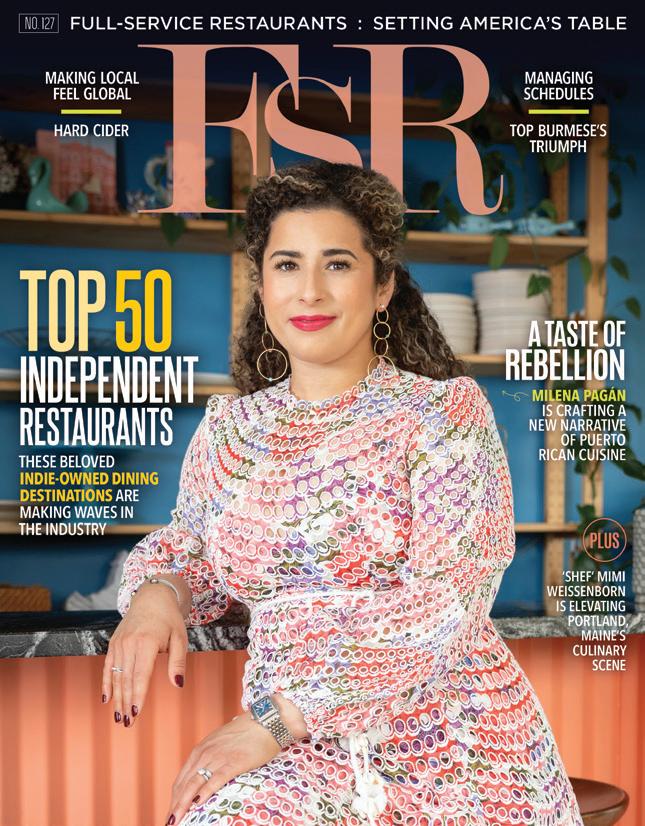


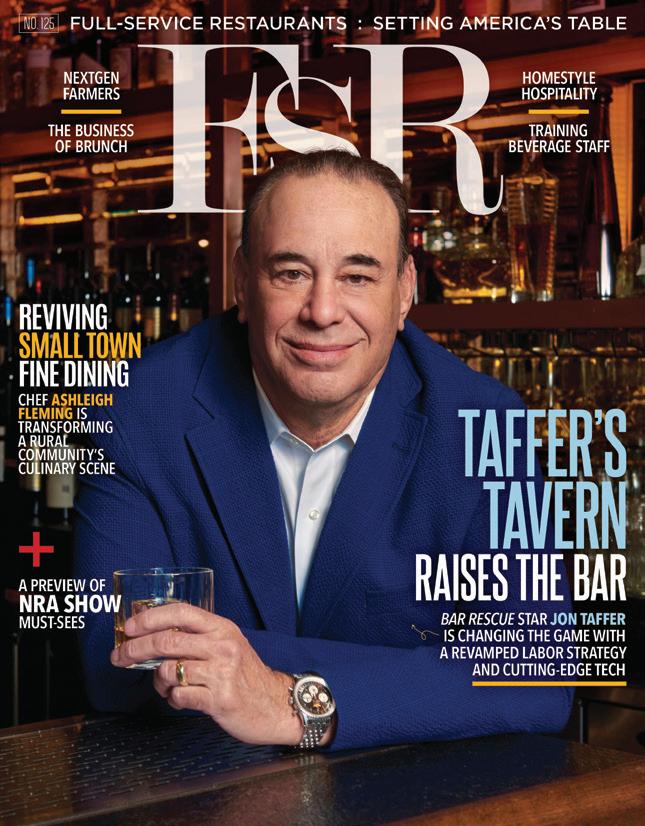
You should know—you’re one of them.
You’re what we at FSR like to call “tablesetters.”
You make things happen in the restaurant industry.
You’re an innovator on your menu and in all aspects of your operation.
You’re watched and emulated by other restaurateurs.
You lead the markets you operate in.
These are the characteristics that make a tablesetter. And FSR is the trusted source of information for these most influential chefs and restaurateurs in the industry. Request your free subscription today by visiting FSRmagazine.com/subscribe
Restaurants : Setting America’s Table





